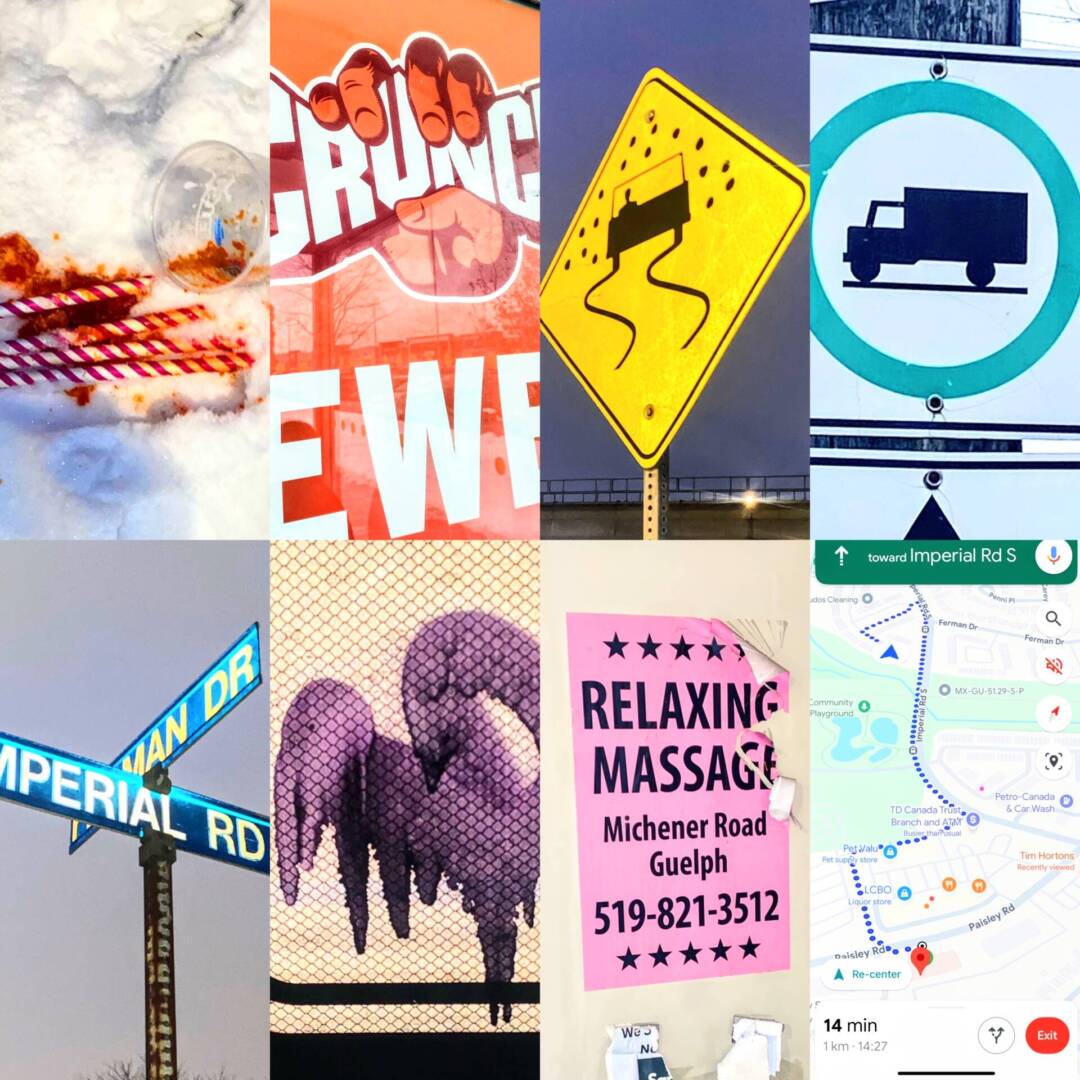
One Kilometre
For my Kilometre assignment I simply walked a kilometre in my neighbourhood. I took pictures of things for each colour of the rainbow, documenting colour on Imperial Road, Guelph, ON. To keep my process more accurate I picked a location exactly 1km from my house and followed Google Maps. I included a screen shot of the Google Maps path I followed with the photos I took.
Turning the Gestures of Everyday Life into Art – Reading Response
- Describe the work discussed in the article and the unique challenges – as well as the unique gifts- that come with attempting to archive personal movements?
The work focuses on archiving the unique movements of a body of individuals. Such movements are studied and then later choreographed. The work is ongoing, always accepting new volunteers. Dancers continually acting out the movements. The dancers work with a large body of volunteers, assuming the movements of multiple people per dancer. As well, once a dancer retires from the project another dancer takes on all the movements previously assigned to the retired.
- Discuss one or two examples of movements in the article – what strikes you about them?
One of the movements that striked me was the description of knuckle cracking. In elementary school I remember some of my friends laughing at me for becoming uncomfortable when someone cracked their knuckles. Within the article it is described that the person who cracks their knuckles does so to relieve stress or when they are uncomfortable.
- Describe the habitual movements/unconscious gestures, tics etc. of 3 people you know well. How do individual body parts move, and how does the whole body interact? What about facial expressions, and emotional valence of the movement? How does body type inform the movement?What do these examples of small movements mean and imply?
My mother will rub her pointer finger along the side of her thumb nail when she is relaxed or trying to sleep. She will have her hands close to her face or on her chest when she does this. Sometimes, if her cuticles are dry, you can hear the rubbing of skin. I think she does this to soothe herself. She told me as a child she enjoyed rubbing the edges of blankets to fall asleep. I think this is a more accessible version of that.
My boyfriend, Evan, will have his eyes twitch when he is anxious or when he doesn’t take his ADHD medication. His face is the only part that moves. His cheek comes up a little as the eye quickly closes. I don’t think he notices half the time. He used to be insecure about it but I think he has come to terms that he can’t control it. I think having mental illness related tics are something not a lot of people talk about. Especially since a lot of medications cause tics but aren’t essentially recognized as a serious side effect.
My sister is deaf-blind. Since two of her senses are disrupted she often relies on her sense of touch to receive information. Something she has done since childhood is put objects up against her lips or into her mouth. It’s very similar to how an infant or toddler explores the world. She unconsciously does this. That being said she also has compulsions to sanitize things so she’s not really worried about germs in her mouth as she has to wipe things down before she touches them.
AGO and The Power Plant

Jan Albertsz. Rotius. Portrait of a Young Girl with Carnations, c. 1663. Oil on canvas, 118.1 x 96.5 cm. Art Gallery of Ontario. Gift of Miss L. Aileen Larkin, 1945.
This work was in the European Art section at the Art Gallery of Ontario. The European Art Section is my favourite by far. I have always loved the works created during the renaissance, almost as much as the medieval time period. Portrait of a Young Girl with Carnations initially attracted me because of how lovely the carnation flowers and red trim of the young girls dress match. I also immensely appreciate the illumination the dark back ground gives this piece. Within the gallery, the piece has been placed into a picture frame with a glass cover. Due to this, the piece picks up glare. Initially the glare made me miss the detail of the peacock within the background. It was a lovely surprise once I did spot it. One of my favourite things to do while at an art gallery is to step as close as I can and look at all the paint strokes. I feel like by doing this it humbles a realistic painting as it really is just swatches of colour. I also really enjoy analyzing the flower formations within the young girls patterned dress. I’ve always gained inspiration by repetitive patterns, especially ones that use natural imagery.
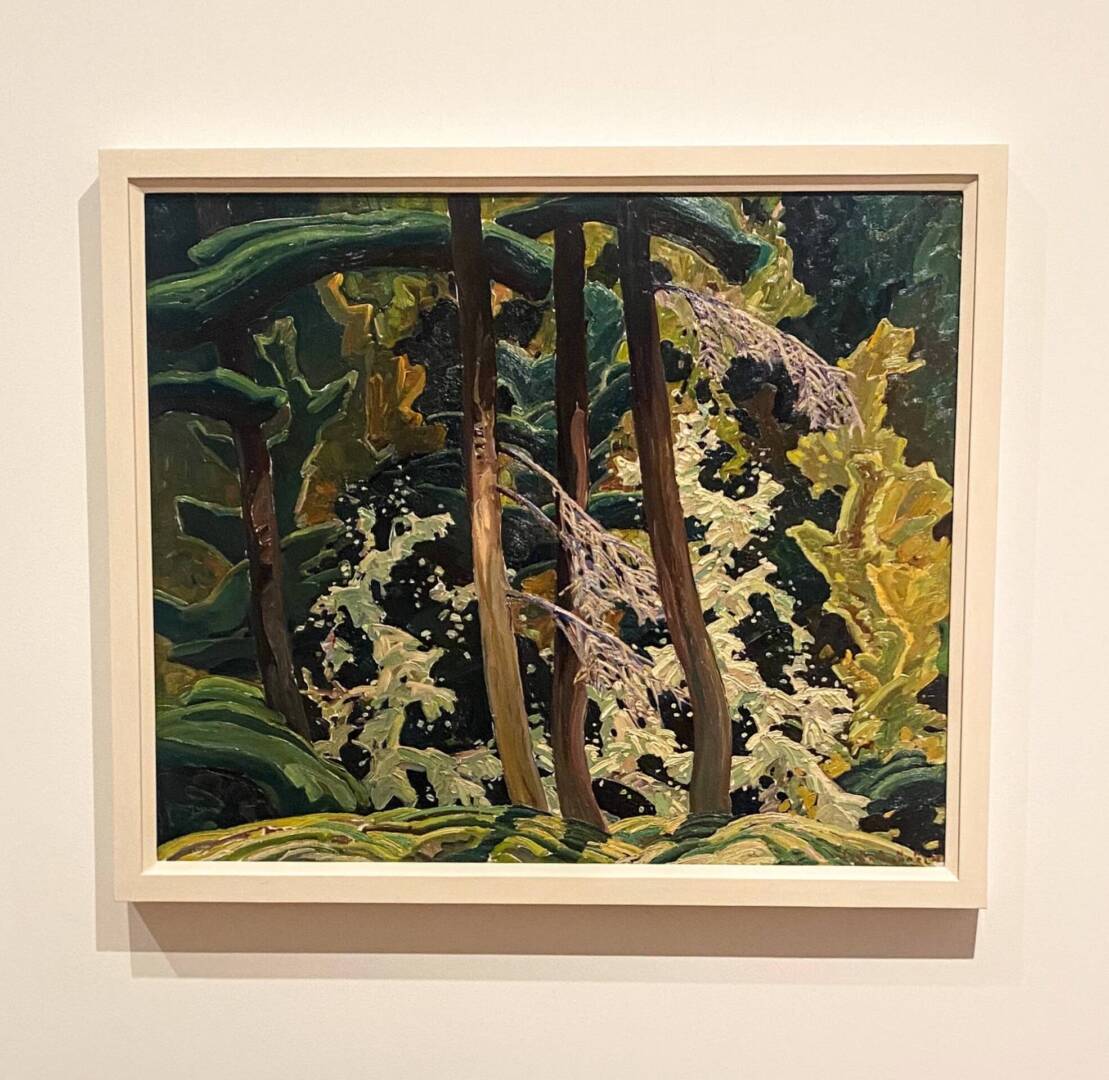
Franklin Carmichael. Wild Cherry, 1938. Oil on hardboard, Overall: 75.7 x 91.5 cm. The Thomson Collection at the Art Gallery of Ontario, 2017.
This piece can be found on floor two of the AGO within the Thompson Collection of Canadian Art section. I was attracted to this piece because of the floating dots, representational of leaves, around the light green bushes. I really enjoy the lighter colours used within this piece. I am very much so attracted to art based within nature. This piece had a huge amount of paint used, resulting in a large amount of texture which was lovely to see within the galleries lighting.

Charles Campbell, How many colours has the sea, 2024.
This was my second time seeing “How many colours has the sea” by Charles Campbell at The Power Plant Contemporary Art Gallery. Out of this exhibition my favourite was this sculptural piece. I really enjoyed the shadows made up against the blank wall of the gallery. I believe it is supposed to be representational of waves. That being said, the theme of the ocean paired with the white metal material of the sculpture led my mind to associate this piece with whale bones. I felt like this exhibition needed to be within a smaller space as the works themselves were not as large as expected. There was an awkward empty space from the door to the back of the room where the main sculpture sat.
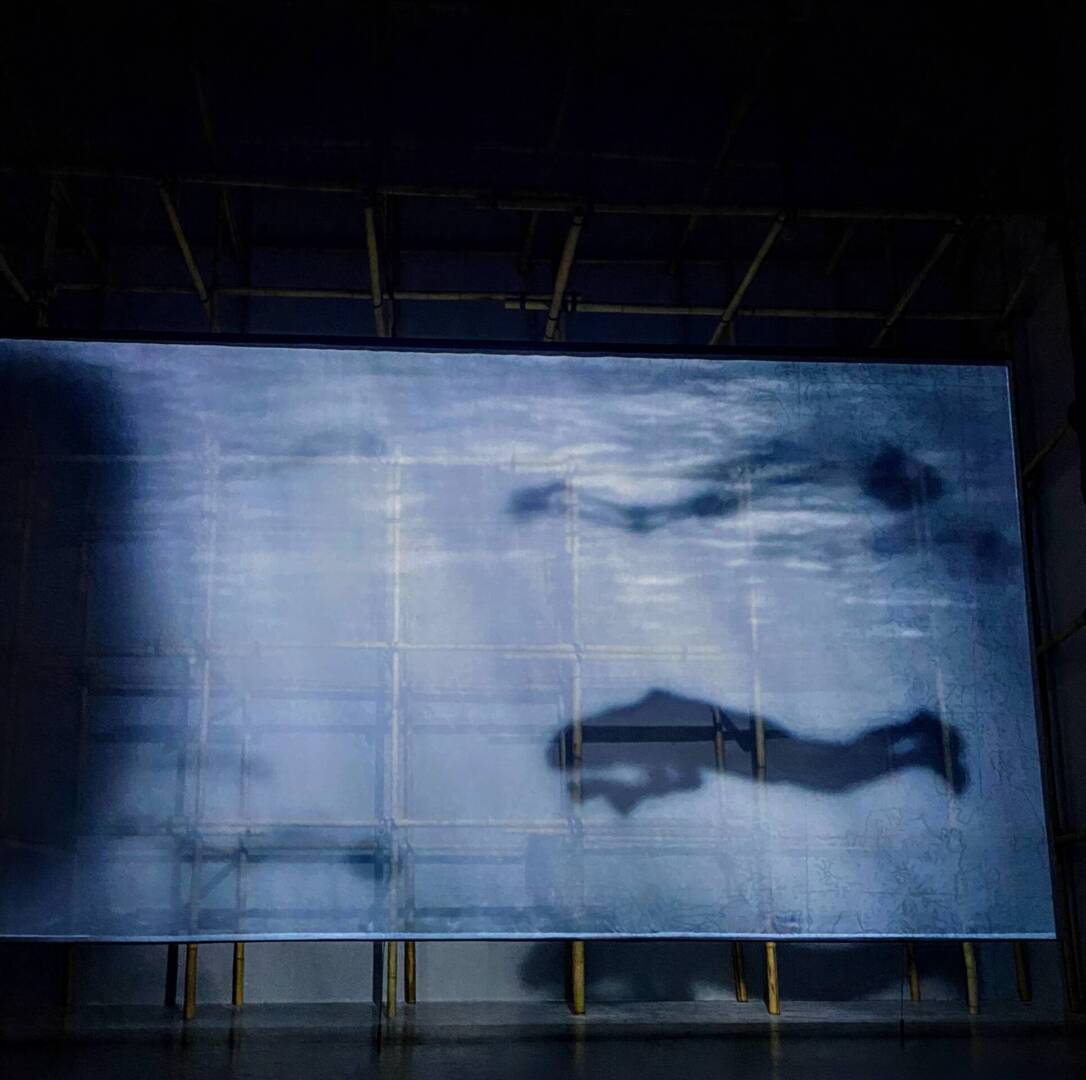
Lap-See Lam, Floating Sea Palace, 2024.
This was also my second time seeing “Floating Sea Palace” by Lap-See Lam at The Power Plant Contemporary Art Gallery. I really appreciated the traditional aspects of story telling imbedded within the piece. The focus on shadow puppetry was very prominent. This played well with the thin screen the video was projected on. Something that particularly peeked my interest within this piece was the voice of The Dragon. It very much so sounded stunted. Like it couldn’t reach its full potential. Almost like trying to scream but not having enough breath. It was very eerie. I appreciated the comfortable seating supplied while viewing this piece. I don’t think it would’ve been as enjoyable if I had to stand the entire time. One thing I didn’t understand within this piece was the use of an icy landscape. Since the tale of Lo Ting, the mythical human-fish creature within this piece originated in Hong Kong, I was expecting a subtropical climate represented.

Lastly, I wanted to include a picture of my lunch that I had the day of the field trip. I went to Ciao Pizzeria located right cross the street from the AGO. I got the linguine bolognese and it was amazing. The pasta and sauce were both homemade. Not to mention the vibes were immaculate and the owner was a sweetheart and very obviously a hard working chef. 10/10 will eat again.
’Bon appefeet!’, ‘Mouthful’, and ‘All you can eat!’
For this project I worked with Madi. We were interested in exploring fetish culture. Specifically how food can be easily sexualized. We looked at what makes food sexual and felt the contamination from another persons body was often means of sexuality. We used body parts that have been known to be used in fetish content such as feet, mouths, breasts, and butts. We felt the inclusion of both female and male bodies adds to the accessibility and inclusivity of sexual content. As well, exclusively using female bodies in this type of scenario could be associated with sexual violence which is not what our intentions were. The foods we used within the videos can all be considered breakfast foods. We did this for aesthetic reasons and continuity throughout the pieces. We also did this as we wanted to emanate the serving of a continental breakfast in ‘All you can eat’. We dressed in button up shirts and slacks to model how a waiter would dress. For ‘Mouthful’ we dressed in lingerie to model how sexuality is ingrained in everything we do, down to our pyjamas.
I had a lot of fun with this project and really enjoyed working with Madi. I felt we collaborated brilliantly. I appreciate how brave and confident Madi is when exploring new ideas. Thank you for being such a great partner. 🙂
https://drive.google.com/file/d/1270C8uTXiKObjy5WzKP50nQBp7dfDRYw
Bridget Moser, “My Crops Are Dying But My Body Persists” – Video and Reading Response
Within this video the acts of appropriation of pop culture that I could identify were the use of a technological voice, one that resembles Siri, food pillows, beauty products such as the moisturizer in the video, and the use of the song “We Are Young” by Fun. I believe that because of my age, I am unaware of some pop culture references as they have become so ingrained in daily life that I do not recognize them as a trend. With that, after reading the supporting article by ArtForum, it came to my awareness that Moser’s “displays of “haute” consumerist taste” that I simply recognized as decor. As well, Moser references “cribbing internet video genres known as “oddly satisfying” and “autonomous sensory meridian response” (ASMR)” which I did not recognize within the video.
The colour choices within the video remind me of a clean, modern house. They could also be interpreted as flesh tones of the artist. The props and costumes Moser uses/wears reminds me of what a typical, upper middle class, middle aged woman would own. I think that the choice of pyjamas Moser wears is supposed to reference how many people wore pyjamas during the pandemic, which is when this art piece opened.
I didn’t really have a physical experience while watching this video other than having feelings of boredom. I felt the visuals were not interesting and the monotone voice used during the narrative points was contemplative but again uninteresting.
Within the ArtForum article, it is explained that Moser explores “white fragility”, “fetishistic appeal”, “white supremacy”, and “political and social upheaval”. Personally, I did not recognize any of these themes. Maybe that is because I am the oblivious audience she is speaking to. The ArtForum article explains “to those who enjoy the comforts and privileges that whiteness affords—open your eyes”. That being said I feel like she doesn’t express these themes in a clear way. In order to show privilege, it needs to be put within a context that recognizes it as unusual or the odd thing out. Instead this piece just exhibits acts and objects of a privileged life within normalcy. I think for this message to be more clear, a contrast needs to be present.
I feel like Moser uses absurdity in cliche ways. Creativity isn’t present within her attempts of making viewers uncomfortable. The use of lunch meat and awkward dancing has simply been used way to many times by way too many artists that it has become boring and ultimately annoying.
Audio Art Project
For my audio art project I decided to record the sounds of wood carving. I used wooden handle carving tools and carved into a block of cherry wood. The cherry wood was scraps from a cutting board I made in my sculpture class. I wanted to record the sounds of wood carving because I find the process of the craft very relaxing. I wanted to try this as I have seen crafting videos delivered in an ASMR format and find such very nice to listen to.
MFA Open Studios
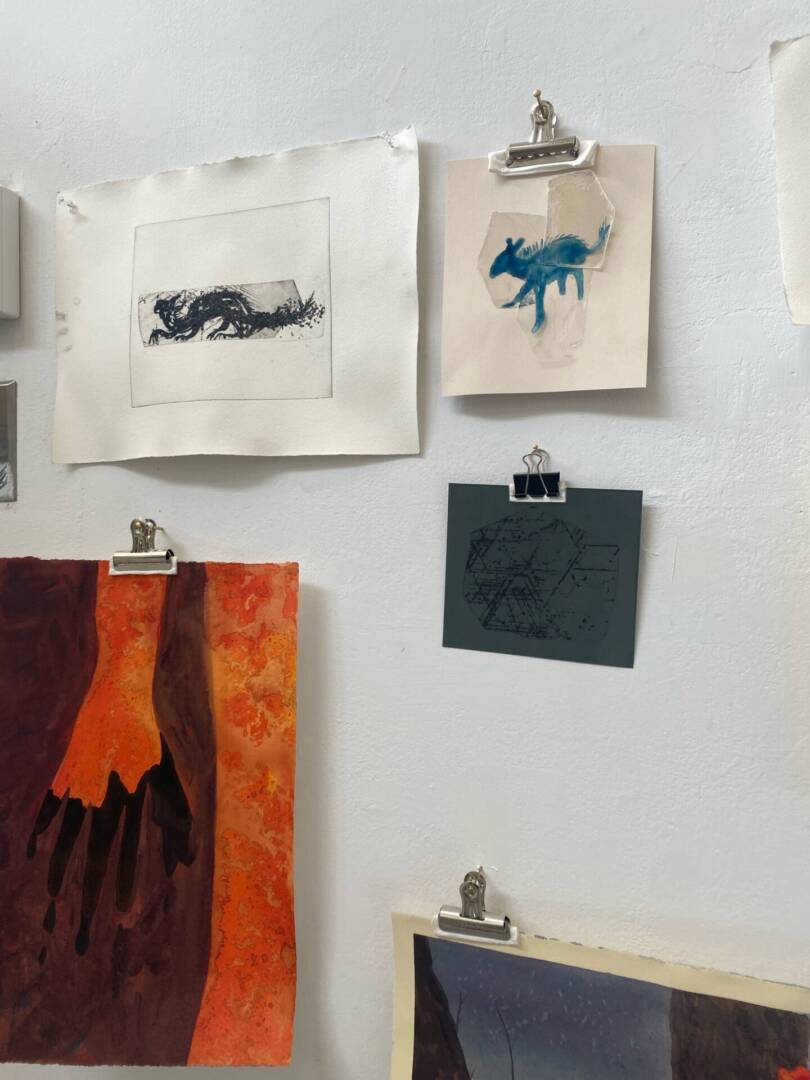
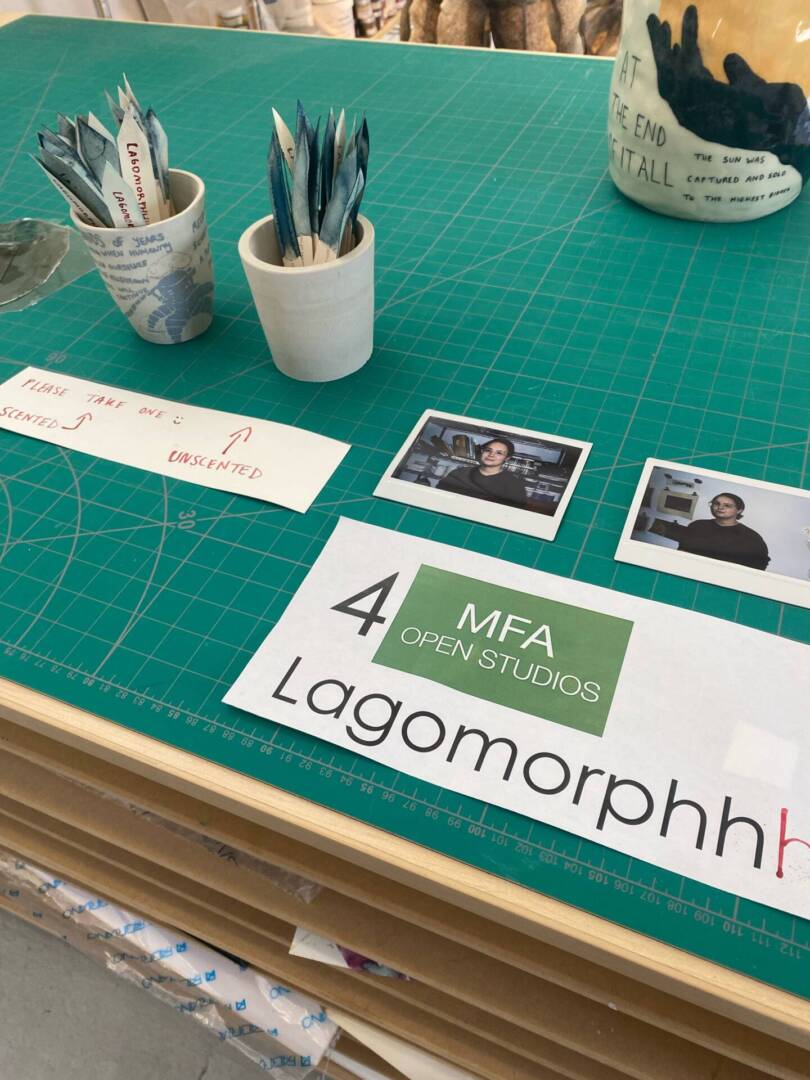
MFA Open Studios was such a lovely event! I am glad the weather was so nice during the tour times as well. I photos I included in this post are from Lagomorphhh. They were located in Blackwood Hall. Blackwood and Fire Hall had such lovely studio set ups. Both had big windows for lots of natural light and an industrial vibe. Lagomorphh’s work was the one that most interested me throughout the whole event. I was specifically interested in their use of patterns made from natural forms and textures. They also had handed out mini tags that looked like plant markers. The tags were scented with essential oils and almost scary antidotes on them along with the artists name. I was also able to pop over to Alexander Hall and see a couple of my friend’s studios from Capstone. I am looking forward to possibly being apart of Capstone and having my own studio space when I am a senior student. All in all this event was great! Although I may be a little bias as I was apart of social media advertising for this event via the SOFAM social media accounts.
Conceptual Portrait
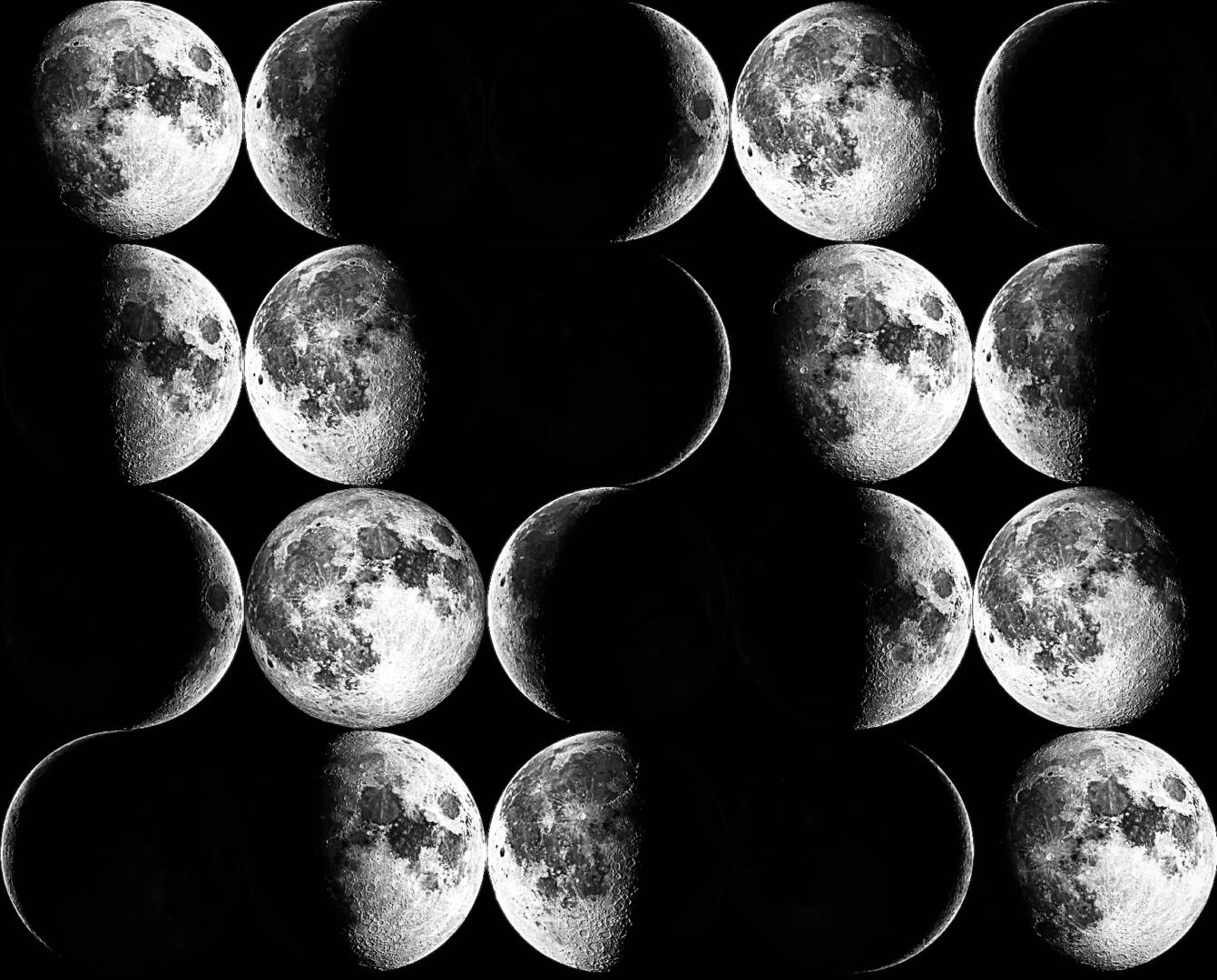

Above is a digital copy of the poster I made for my conceptual portrait. The poster is of the 20 moons I have celebrated each of my birthdays under. Starting in the top left corner is the waxing gibbous moon I was born under on November 14, 2005. In the bottom right corner is the most recent moon I celebrated my birthday under on November 14, 2024. In between is the other 18 moons I have celebrated my birthdays under.
The moon has always been a significant guide, healer, and nurturer to me and my family. My mother had established in me the practice of moon bathing as well as using the moons energy for healing and spells. Every birthday since I was born, I would moon bathe, absorbing her energy and asking for a prosperous year to come.
Some things I found while creating this project was that I had multiple moon phases repeat during my birthdays. The waxing gibbous, waning crescent, waxing crescent, and the waning gibbous, all presented 4 times. A first quarter moon, new moon, last quarter moon, and full moon presented only once. As well, I think it is interesting to see the diagonal pattern stripes within the layout of my poster which is reflective of the repetition of moon phases. I included a photo of the moons arranged in a linear formation as well. This formation also exhibited an interesting pattern.
For some time now I’ve struggled with emerging into my adult years. This project was a reality check for me as I realized that 20 is not a big number at all. I am excited to see how this project will develop as I get older and what patterns will emerge.
Buttons
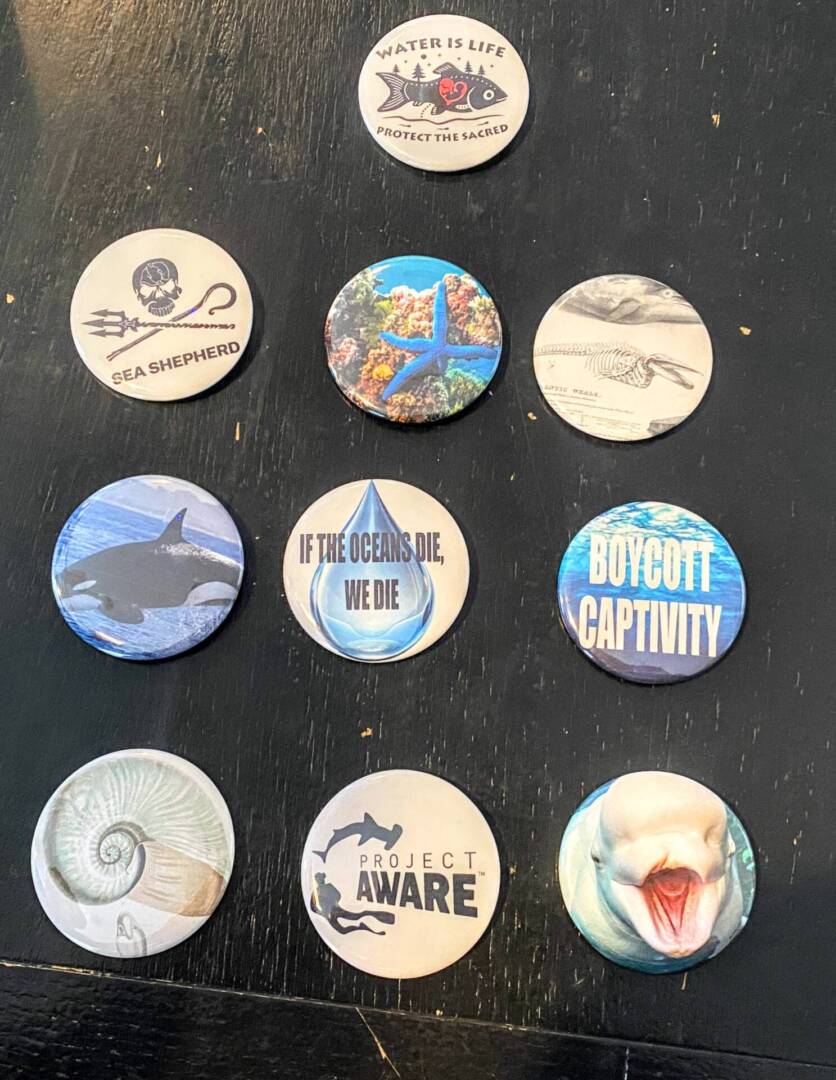
I have always associated buttons with activist movements. For my series of buttons I decided to create ten buttons exploring ocean conservation. Each button speaks to a different issue or relation within this bigger theme.
Two of my buttons are the logos of ocean conservation organizations. Sea Shepherd has been an organization my family has supported for a long time now. Sea Shepherd advocates for the elimination of animal captivity as well as the whale and shark fishing industry in the east. Sea Shepherd’s captain Paul Watson was become a wanted individual in many countries due to his unorthodox methods of activism. Project aware is a movement of scuba divers dedicated to projecting the oceans. They do this by means of education, activism, and action. They hold a special interest in pollution clean up and shark conservation.
One of my buttons displays one of many Water is Life poster designs done by Christi Belcourt and Isaac Murdoch. The pair are Indigenous artists and activists who started the Water is Life movement in response to the Grassy Narrows mercury poisoning. The series of posters have been used in multiple protests and are free to download via their website.
I made two buttons that represent the two whales who have historically been subjected to captivity the most; a beluga and orca whale.
Another two of my buttons have anatomical drawings of a whale and sea shell. This is intended to represent the historic malpractice of anatomical drawings and scientific study.
One button displays an image of a coral reef. This is intended to represent the impact of pollution on the oceans reefs.
lastly I have made two buttons displaying activist phrases concerning the ocean. “Boycott Captivity” and “If the Oceans Die, We Die” are phrases that have been associated with Sea Shepherd.
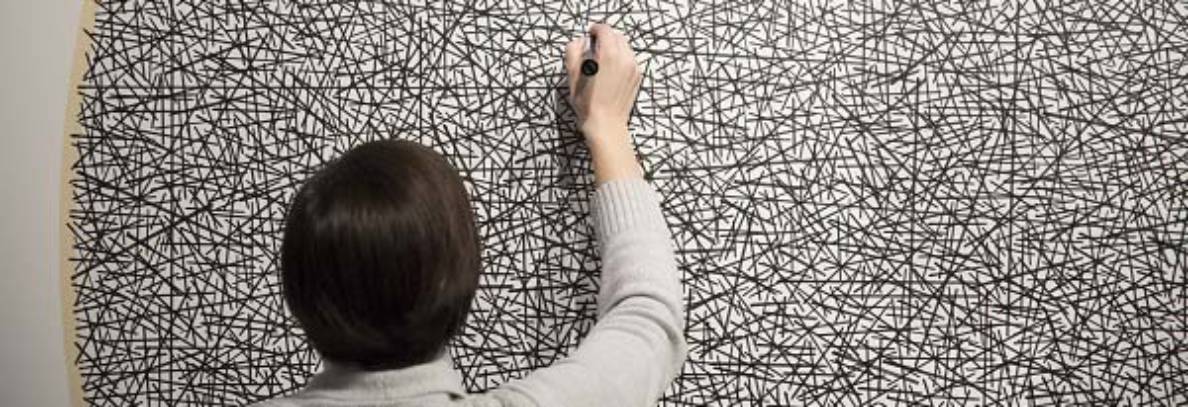
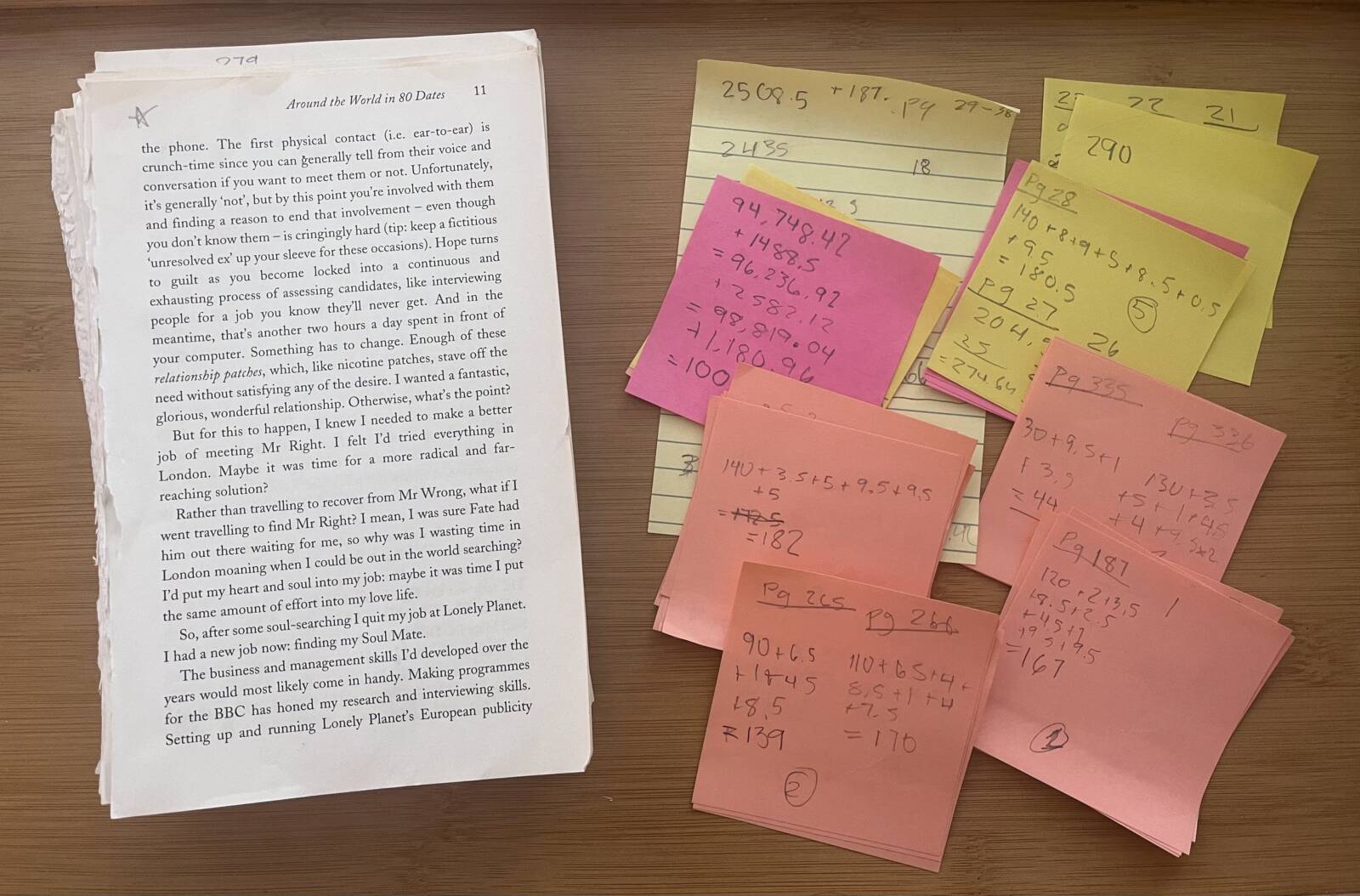

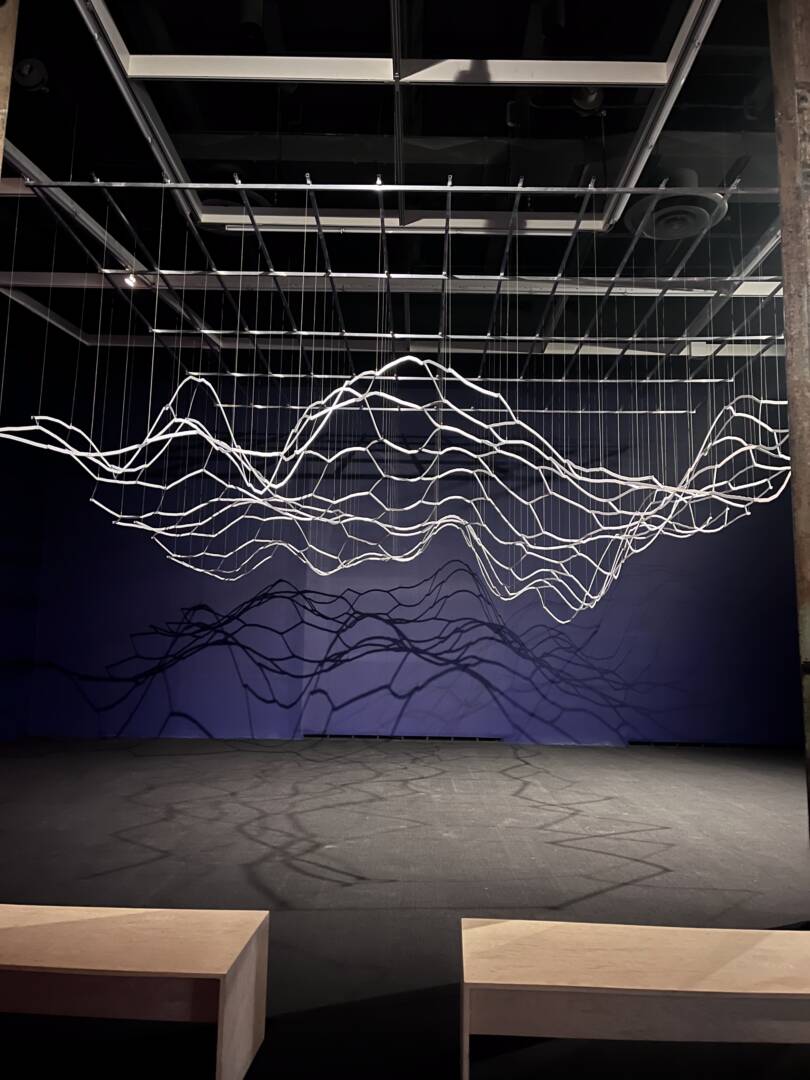
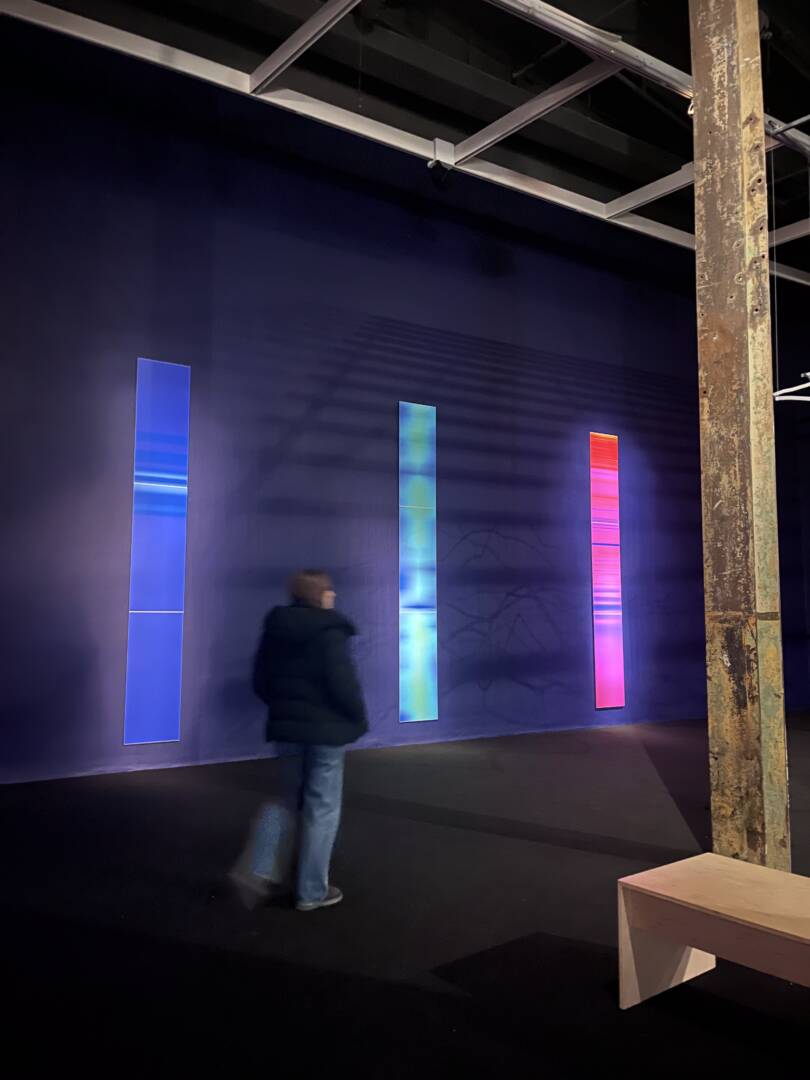
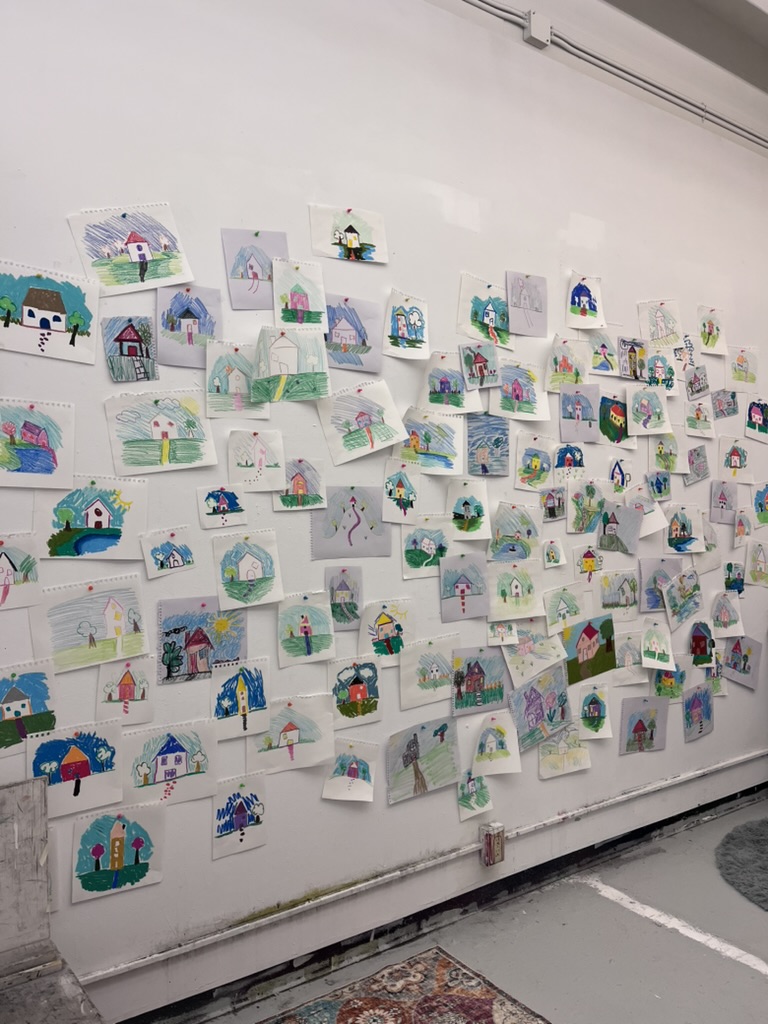
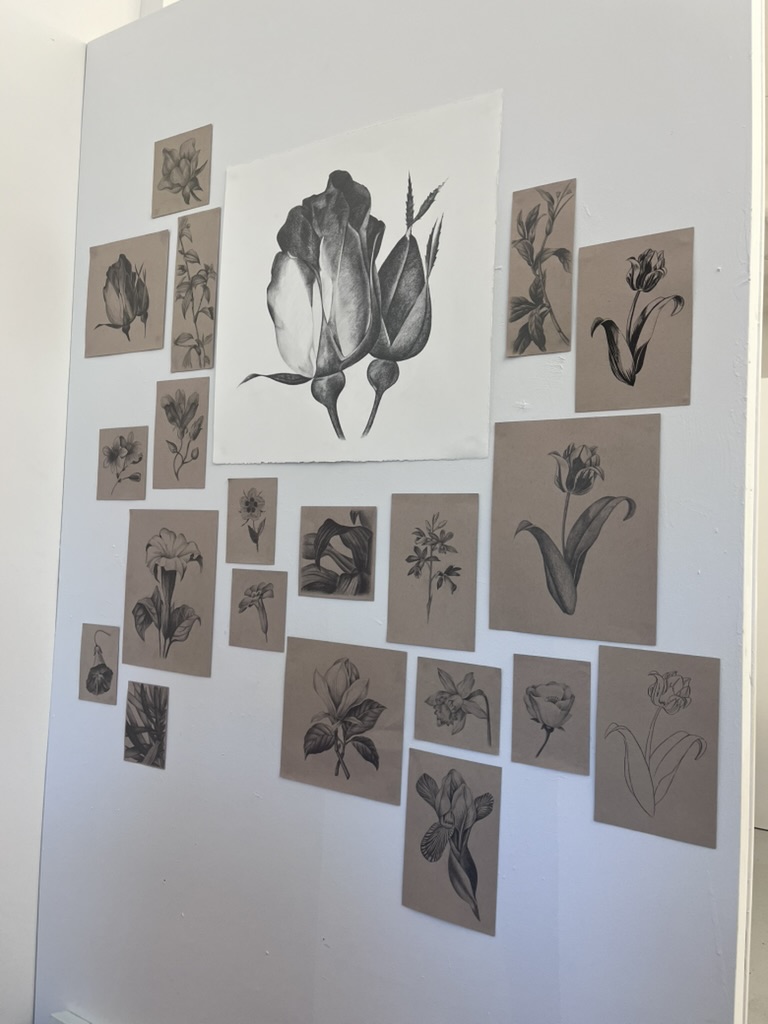
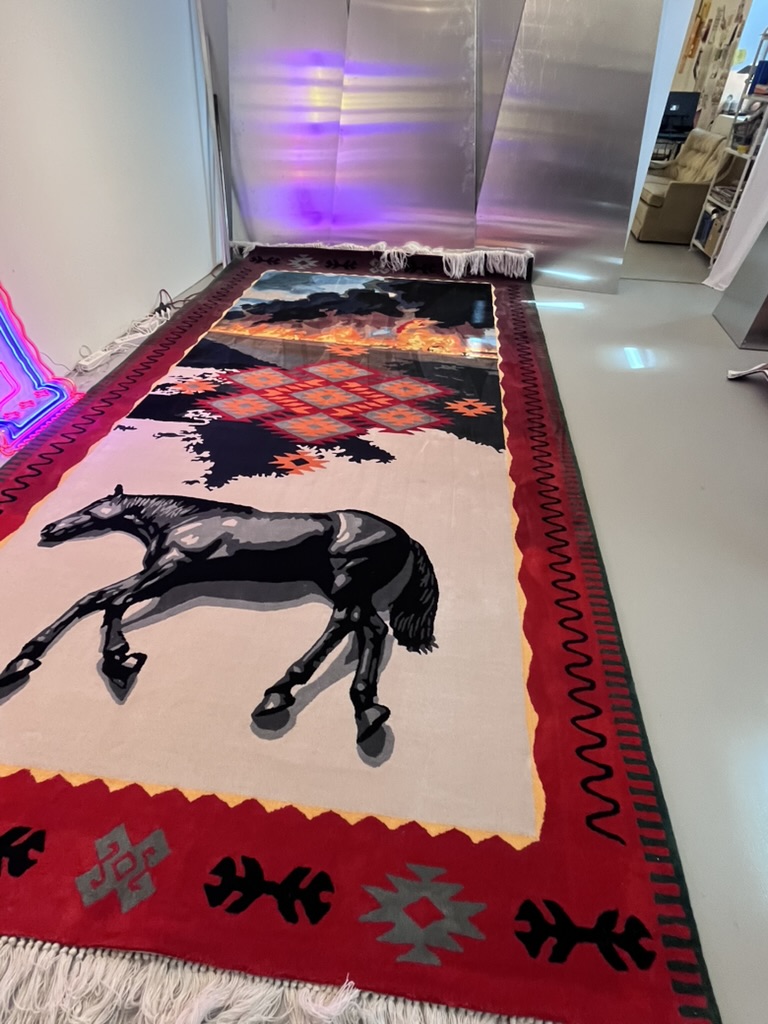
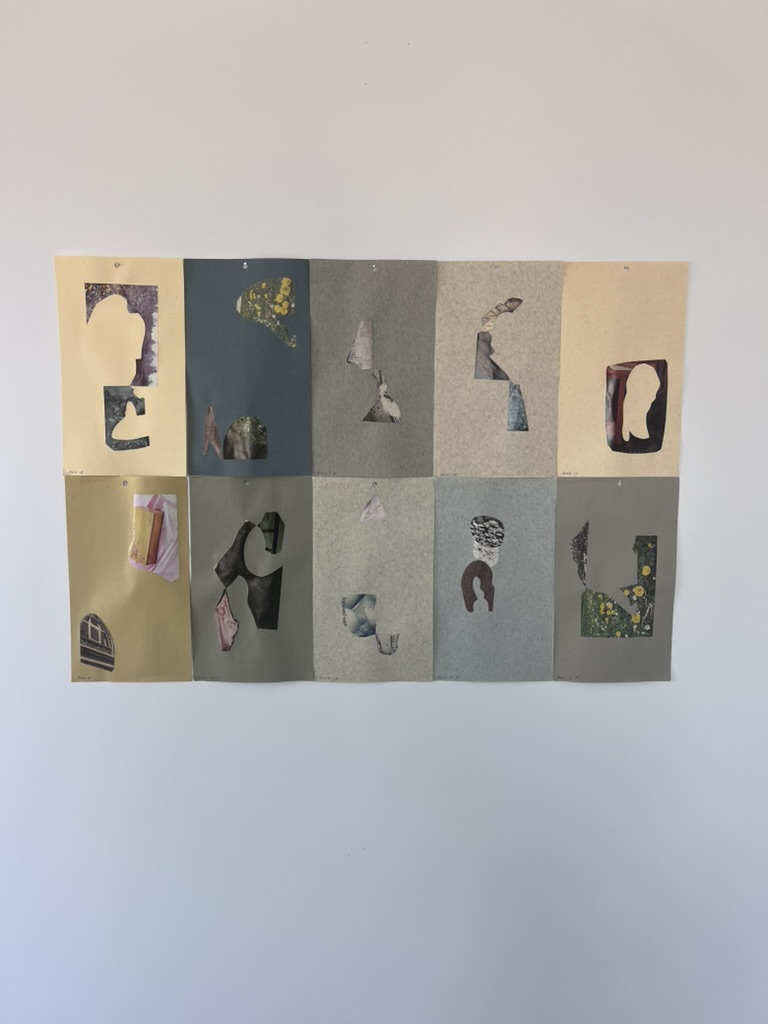
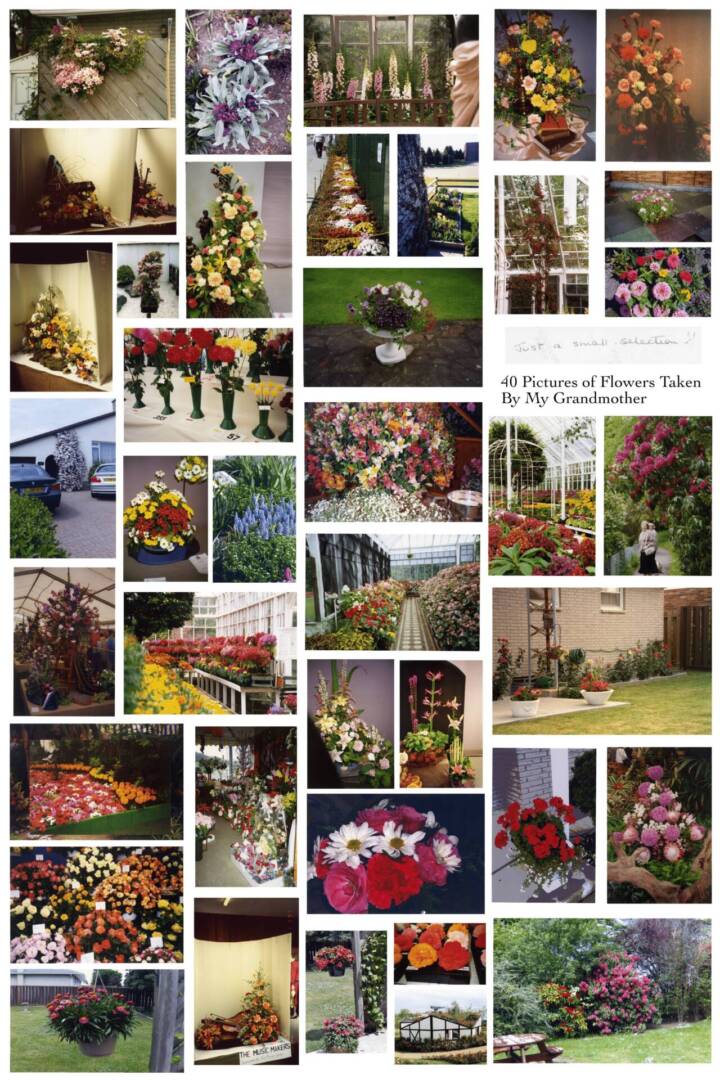
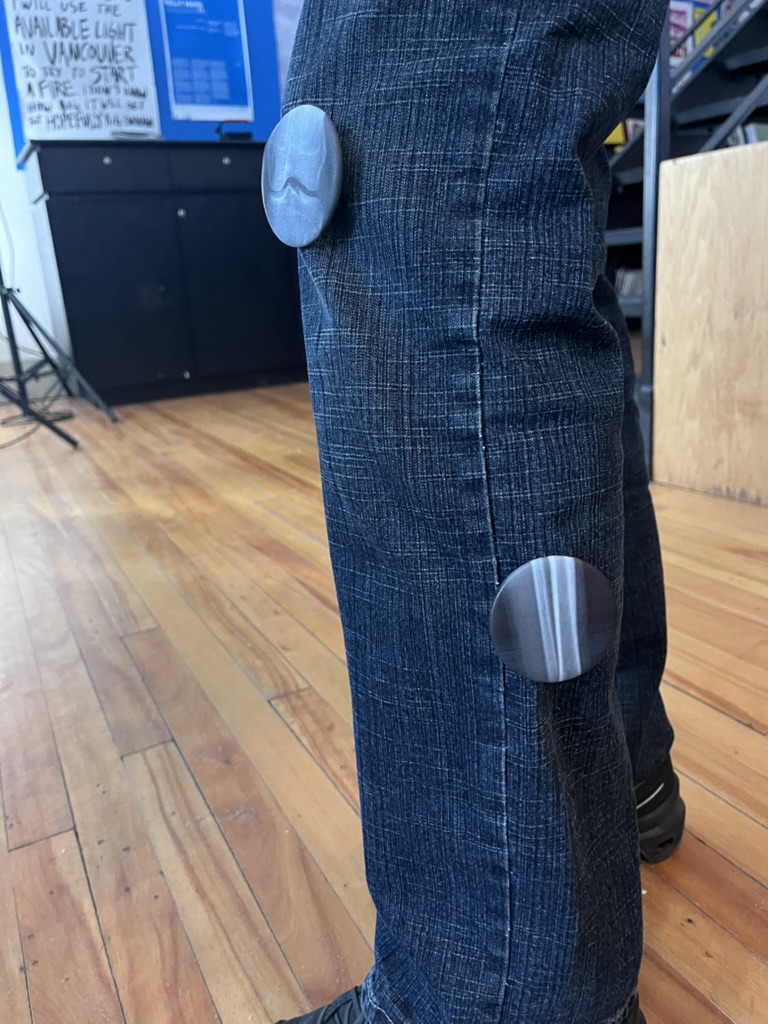
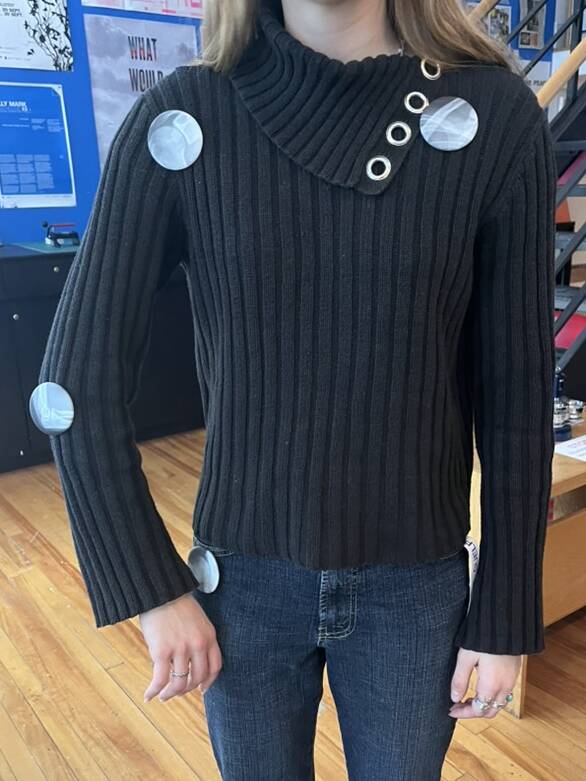
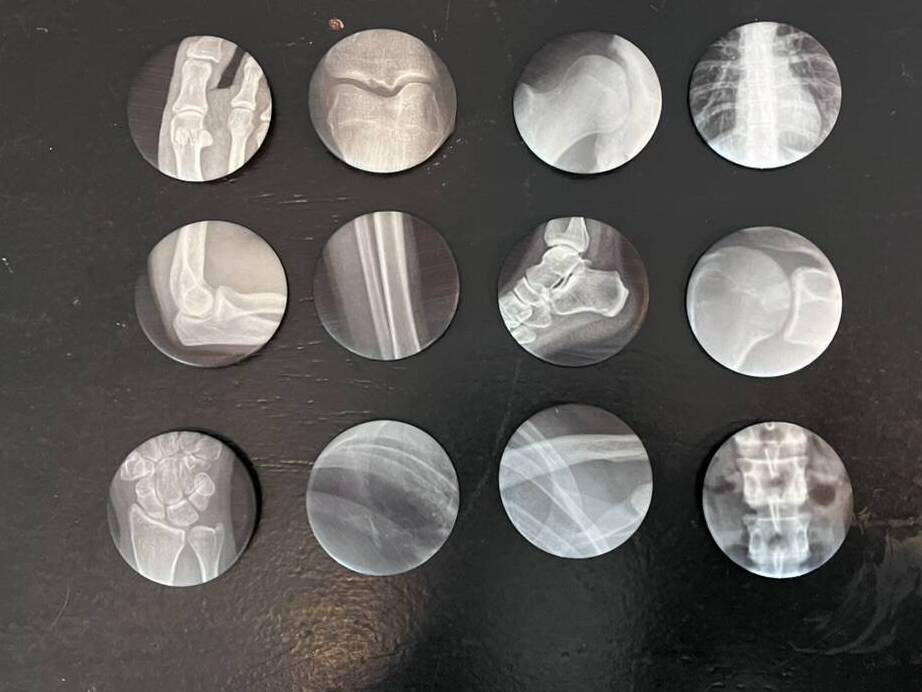
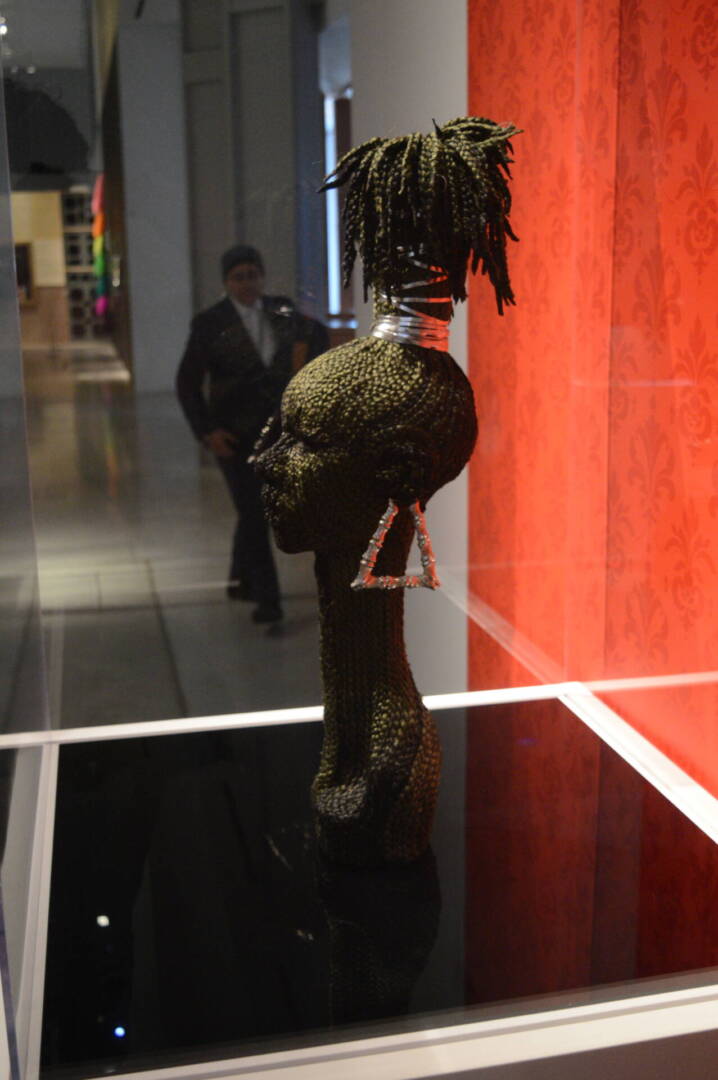
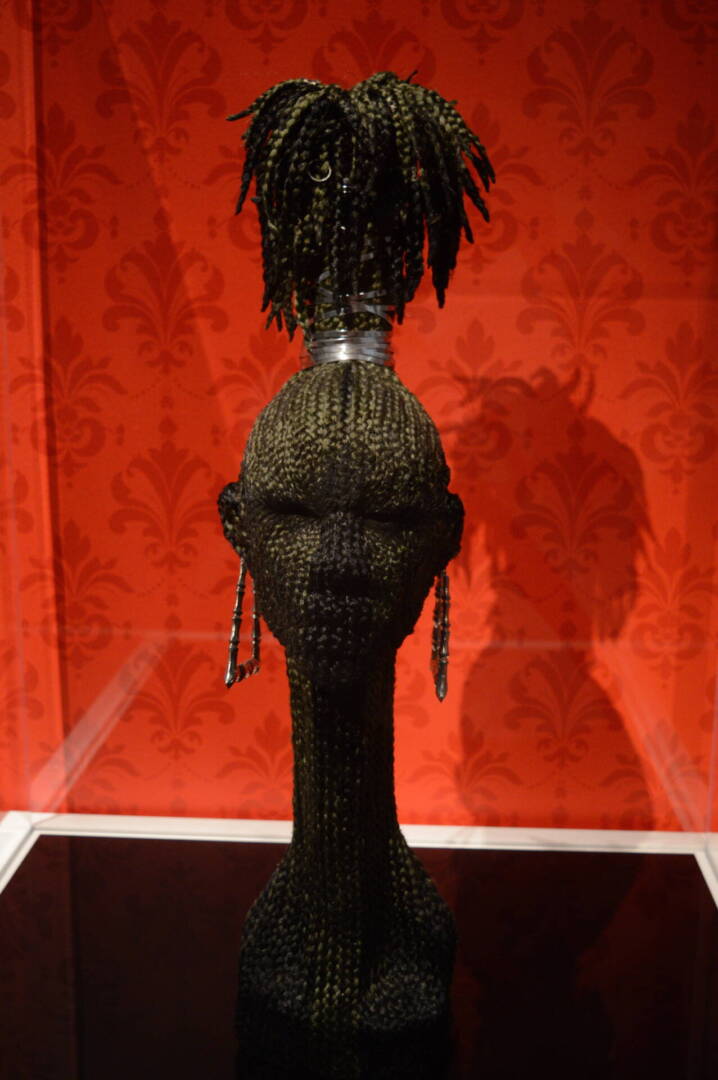
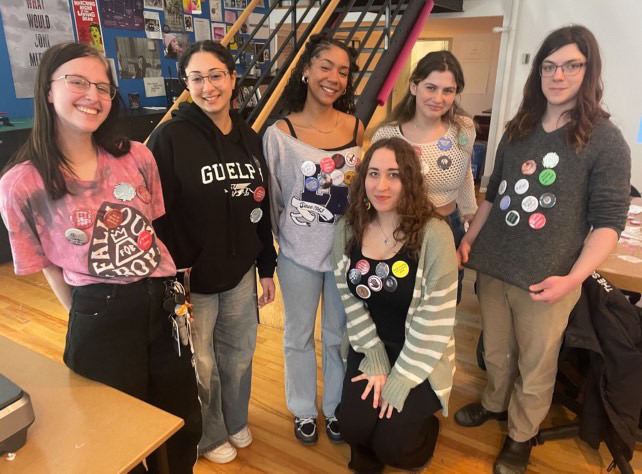
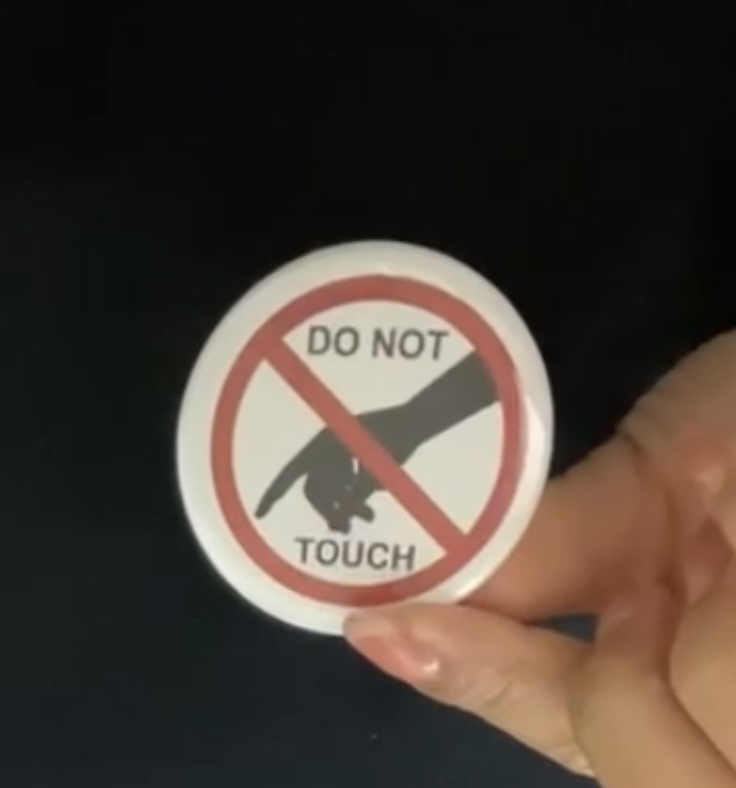
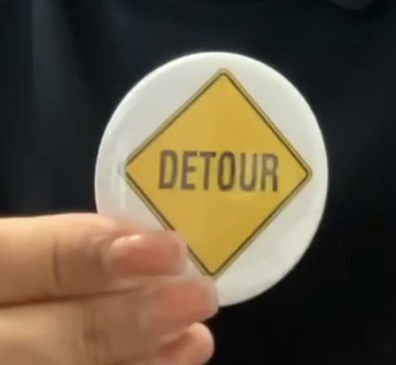
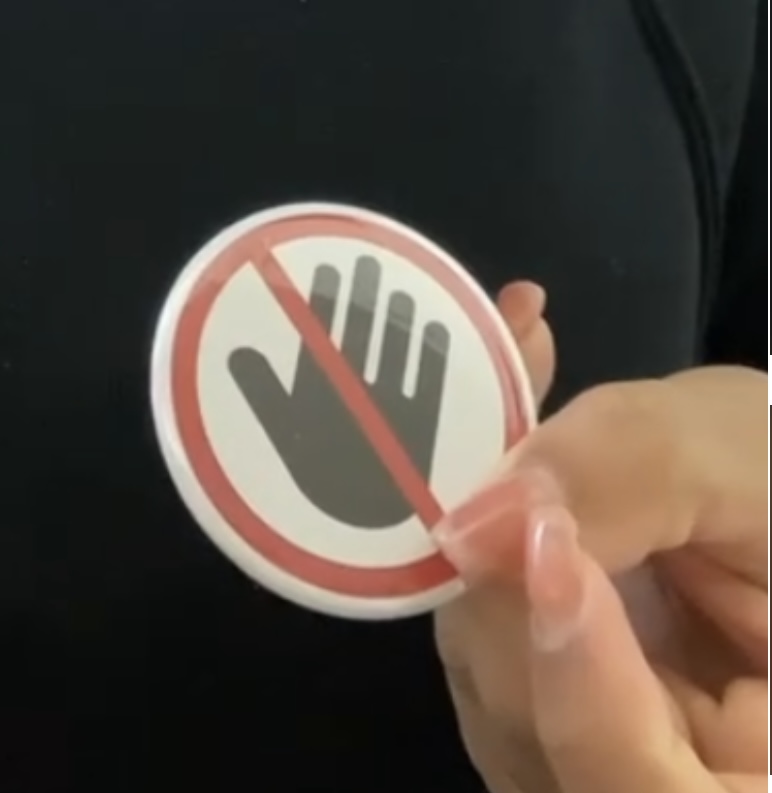
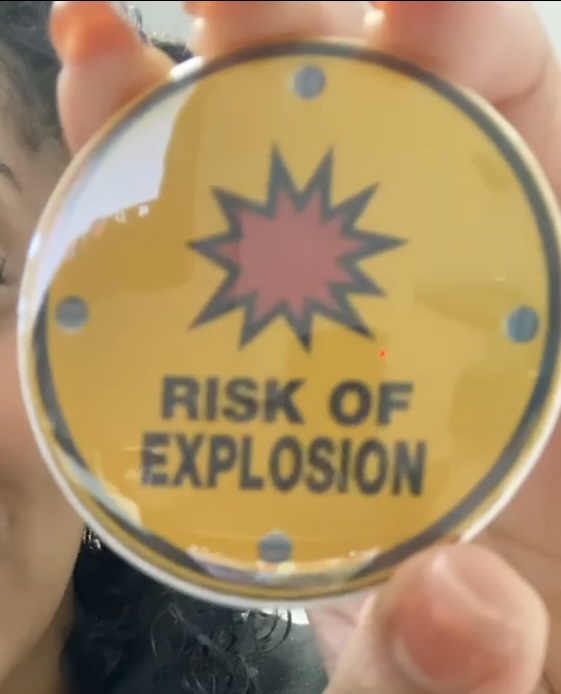
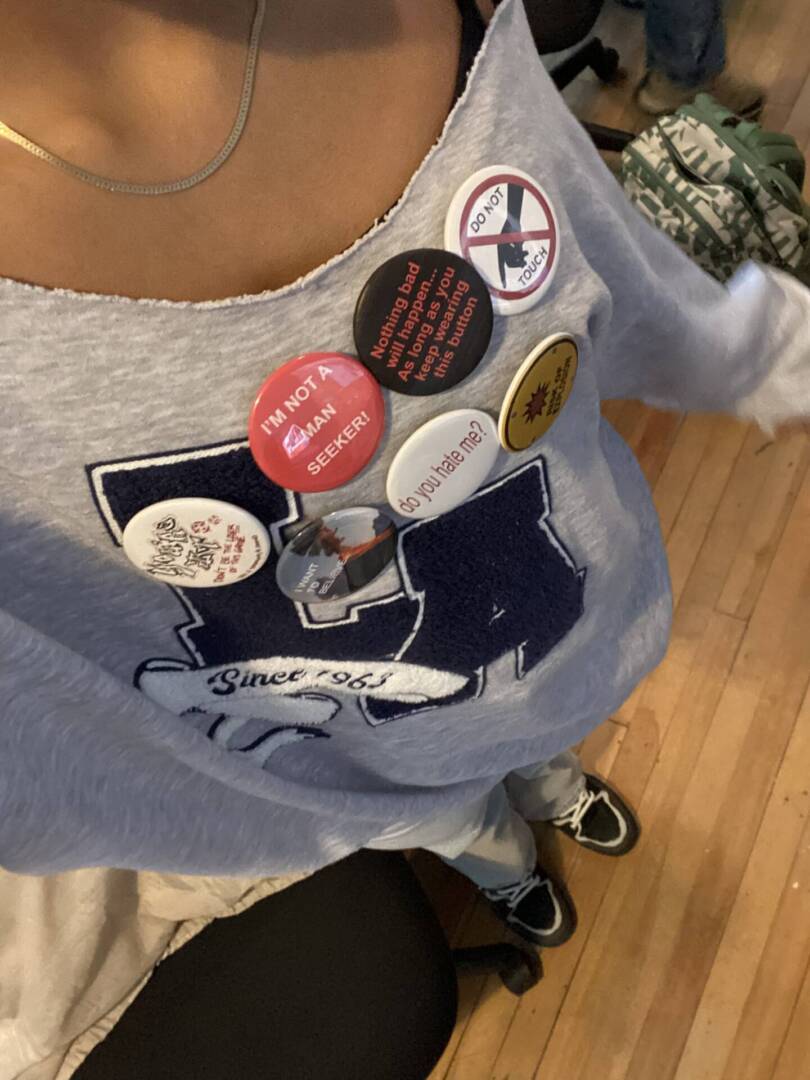

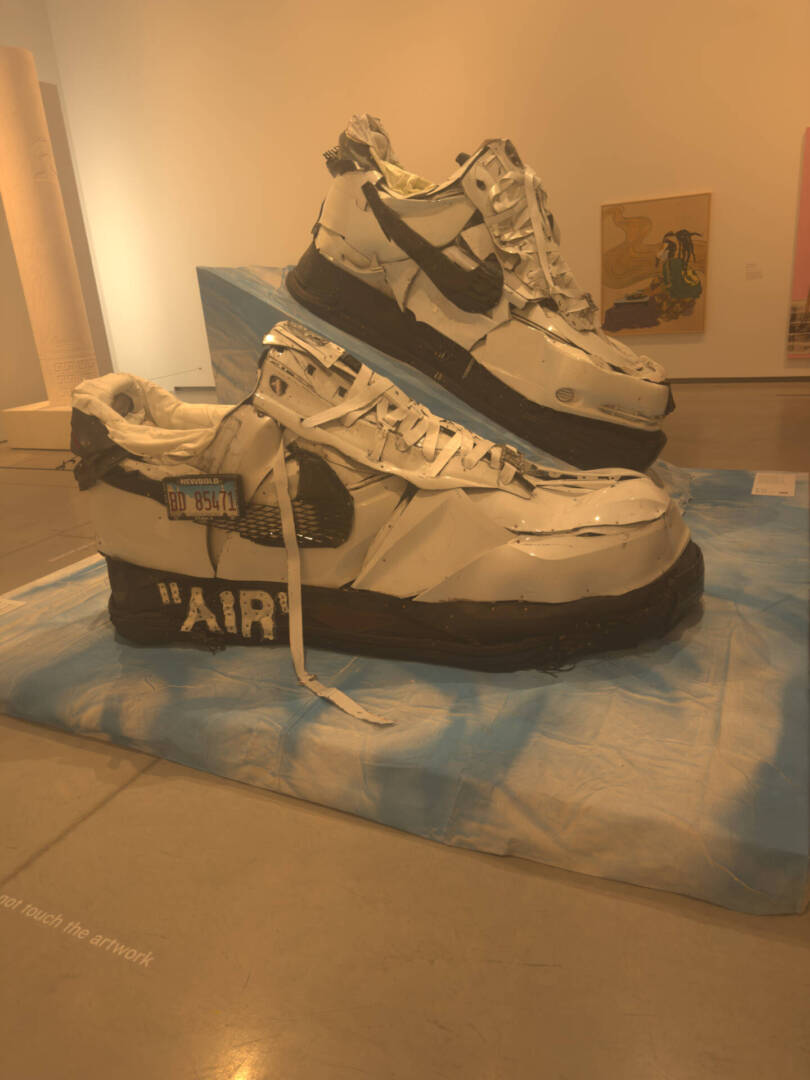
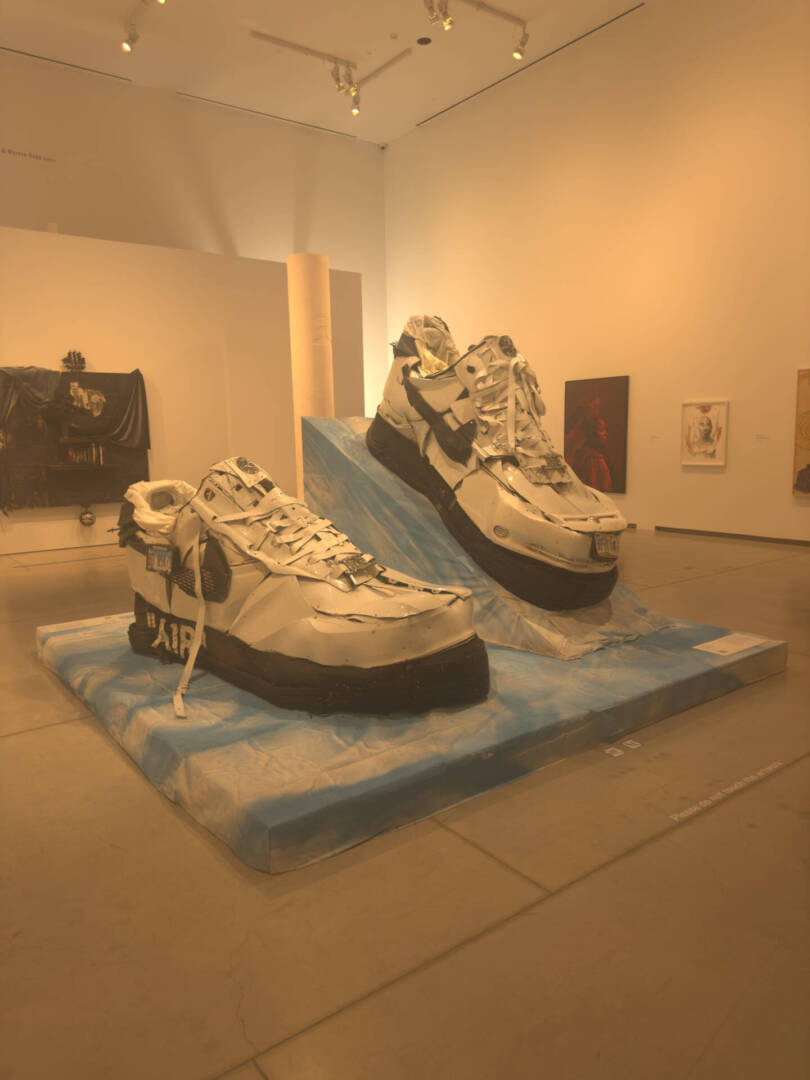
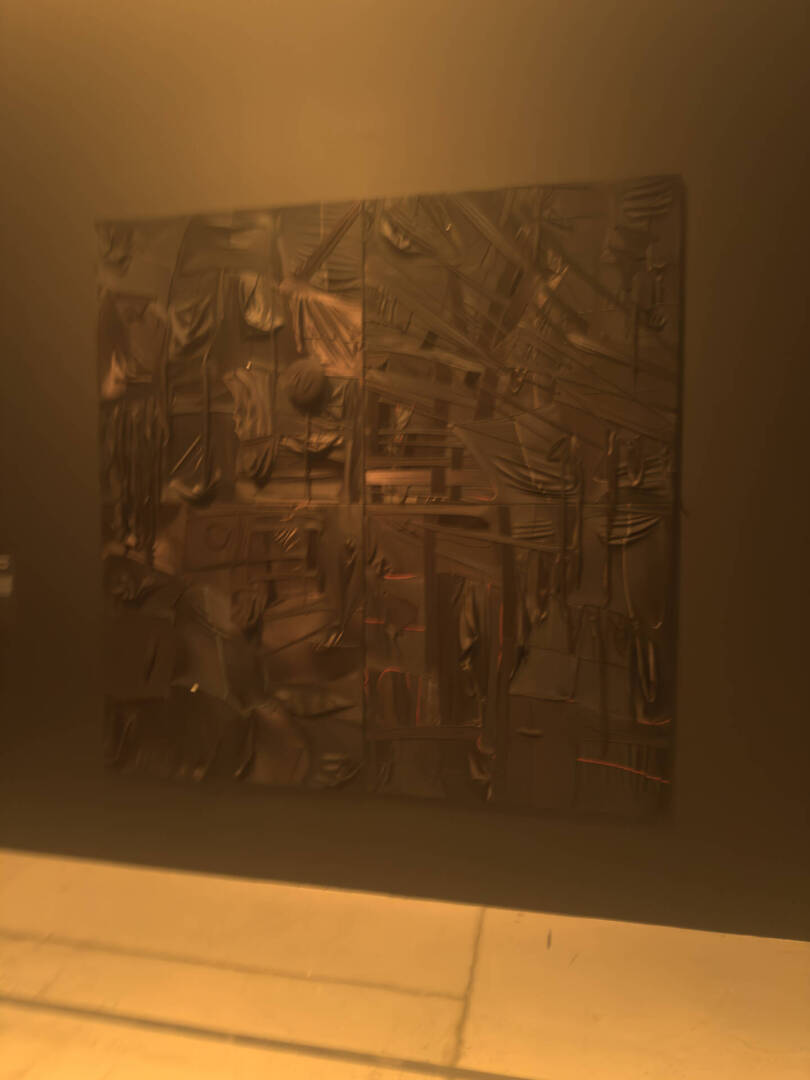
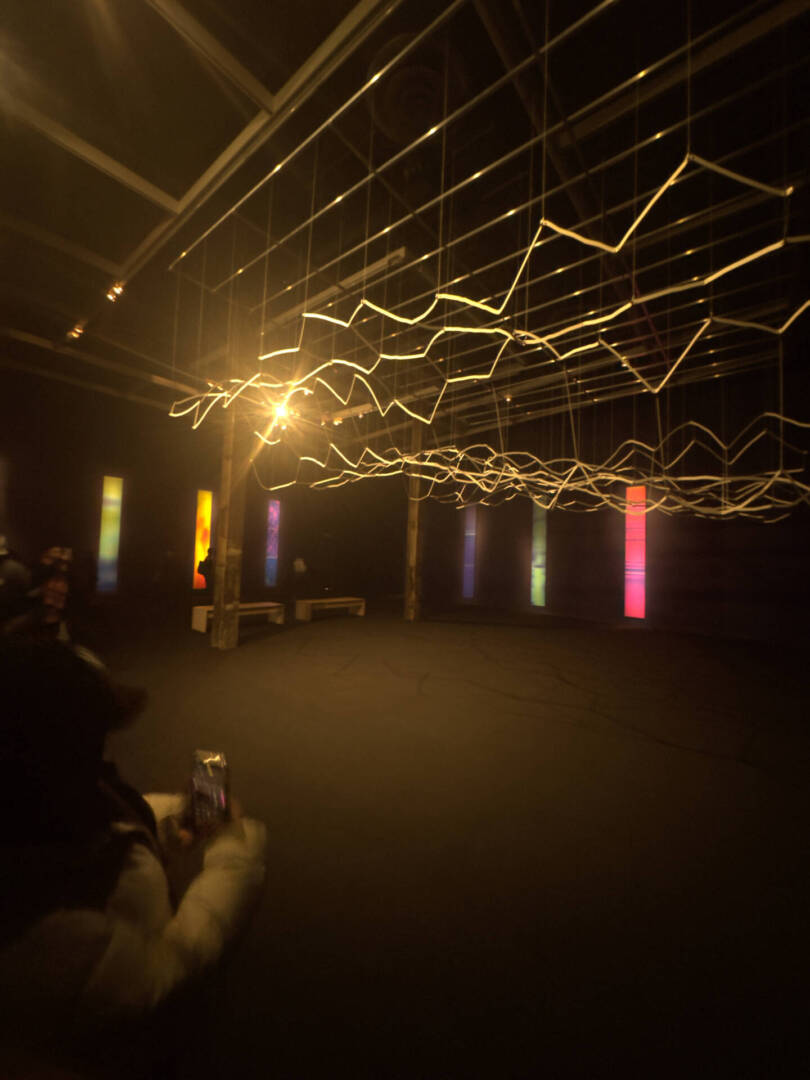
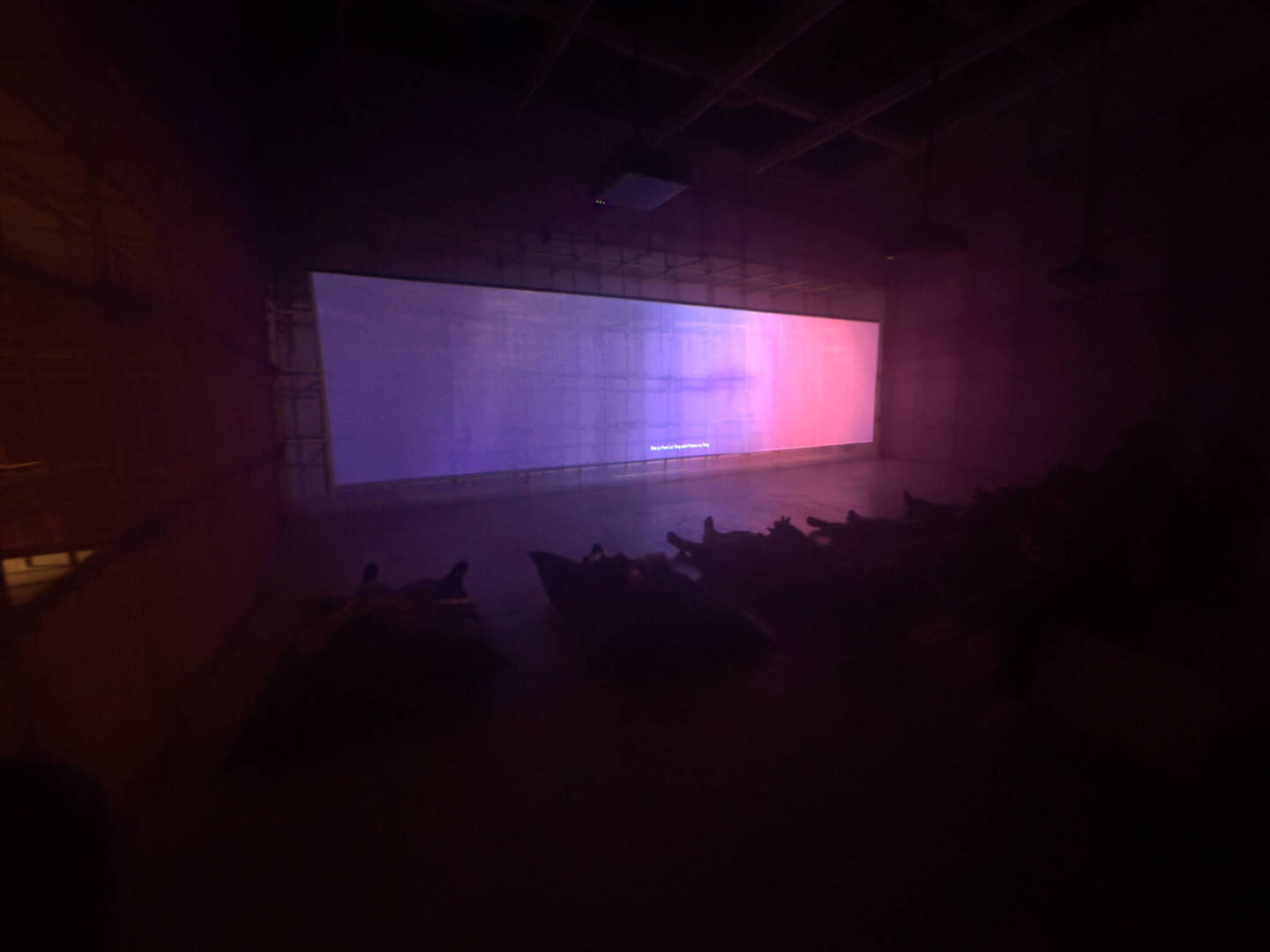
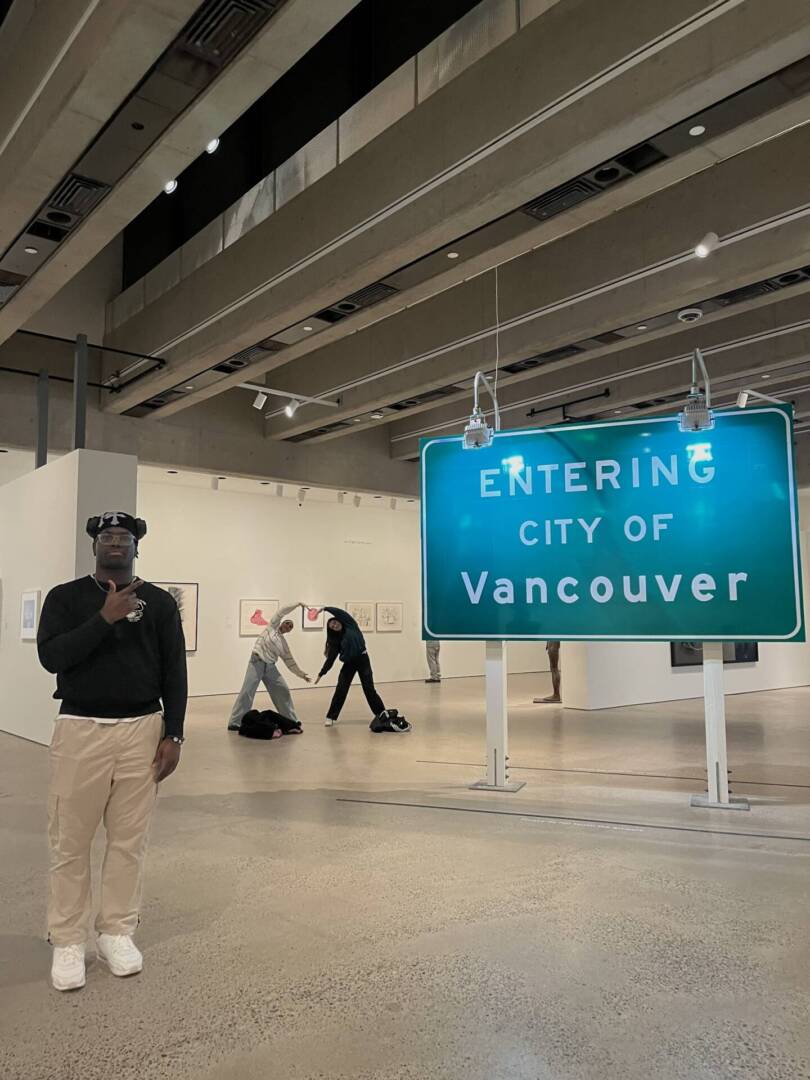
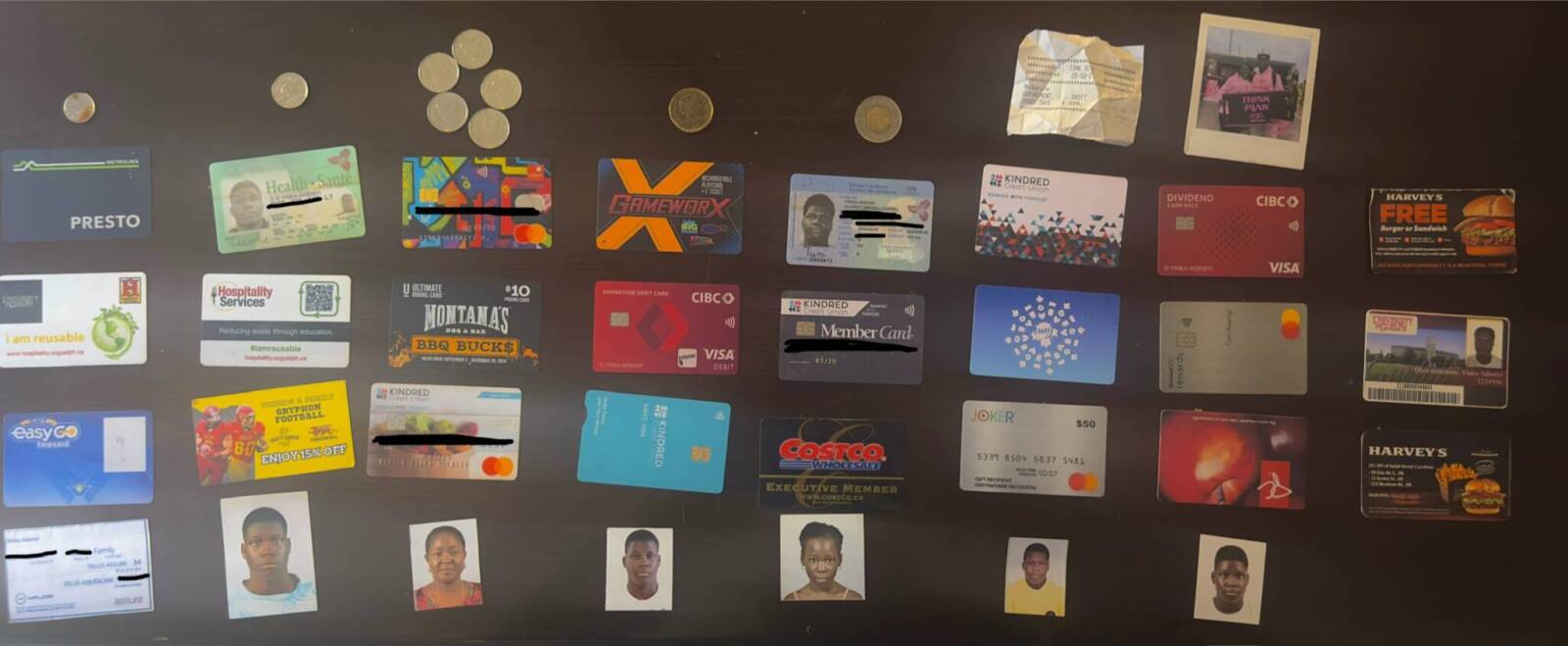
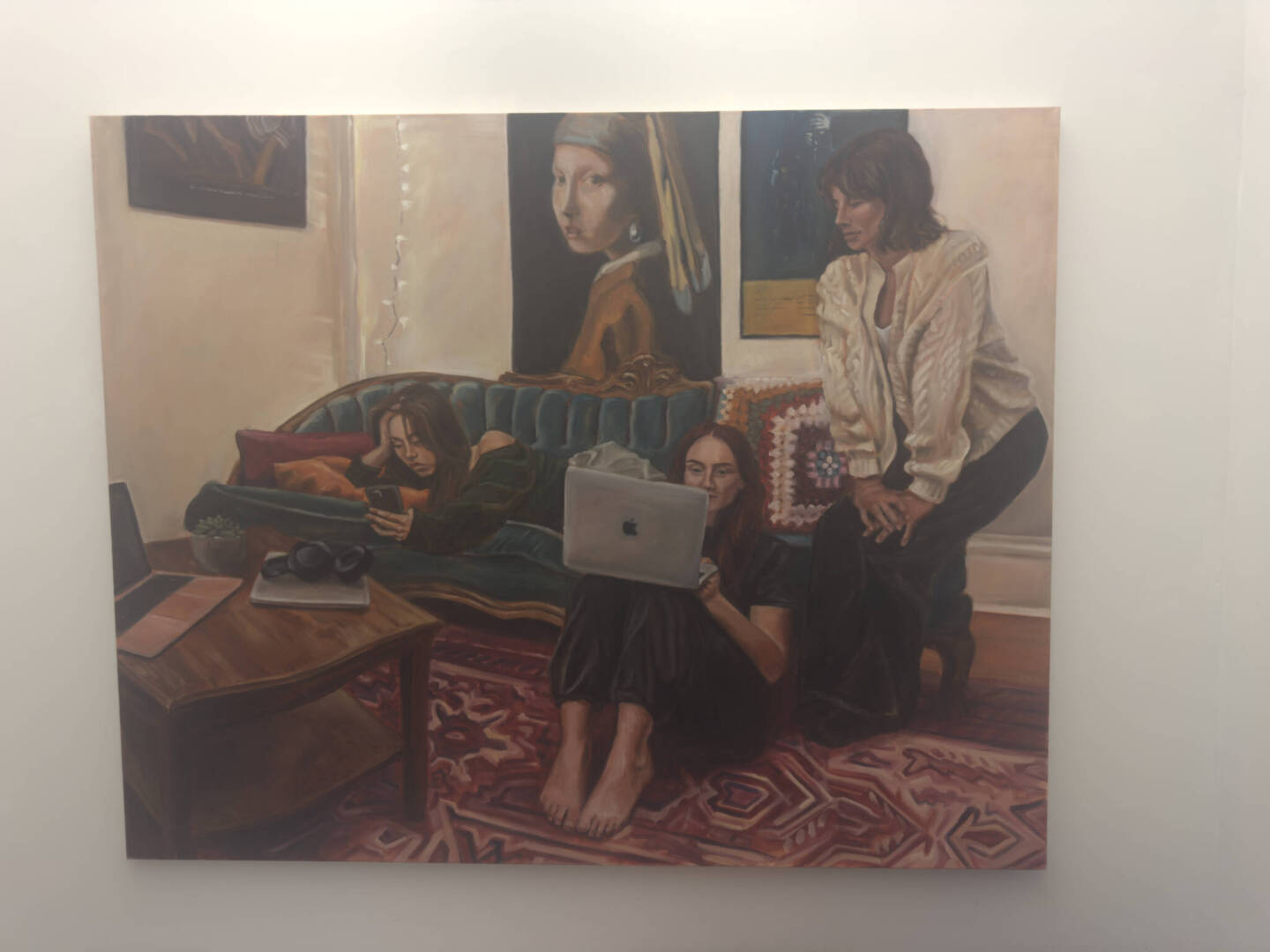
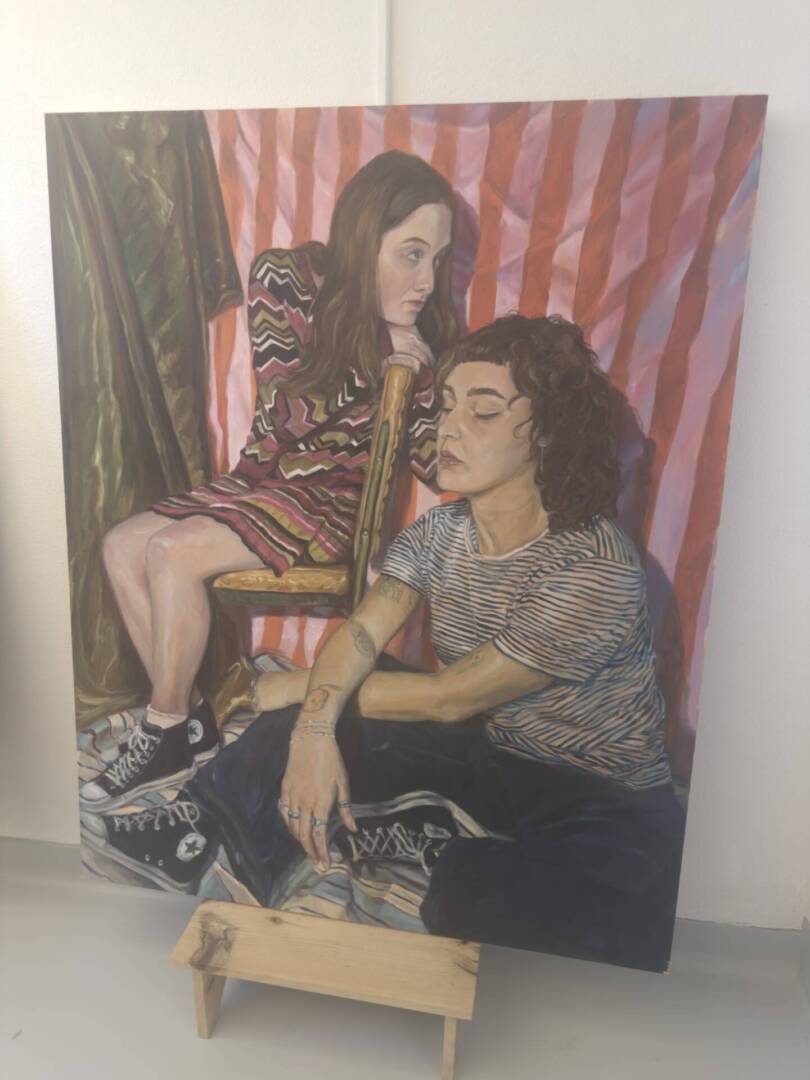
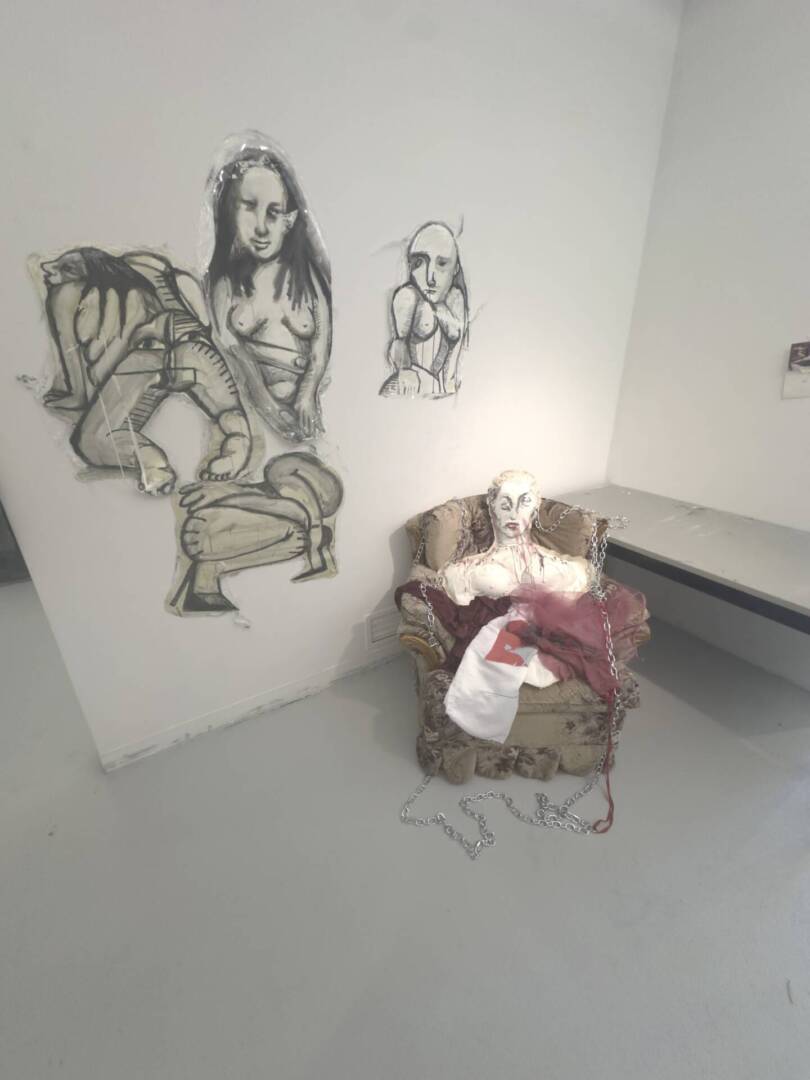
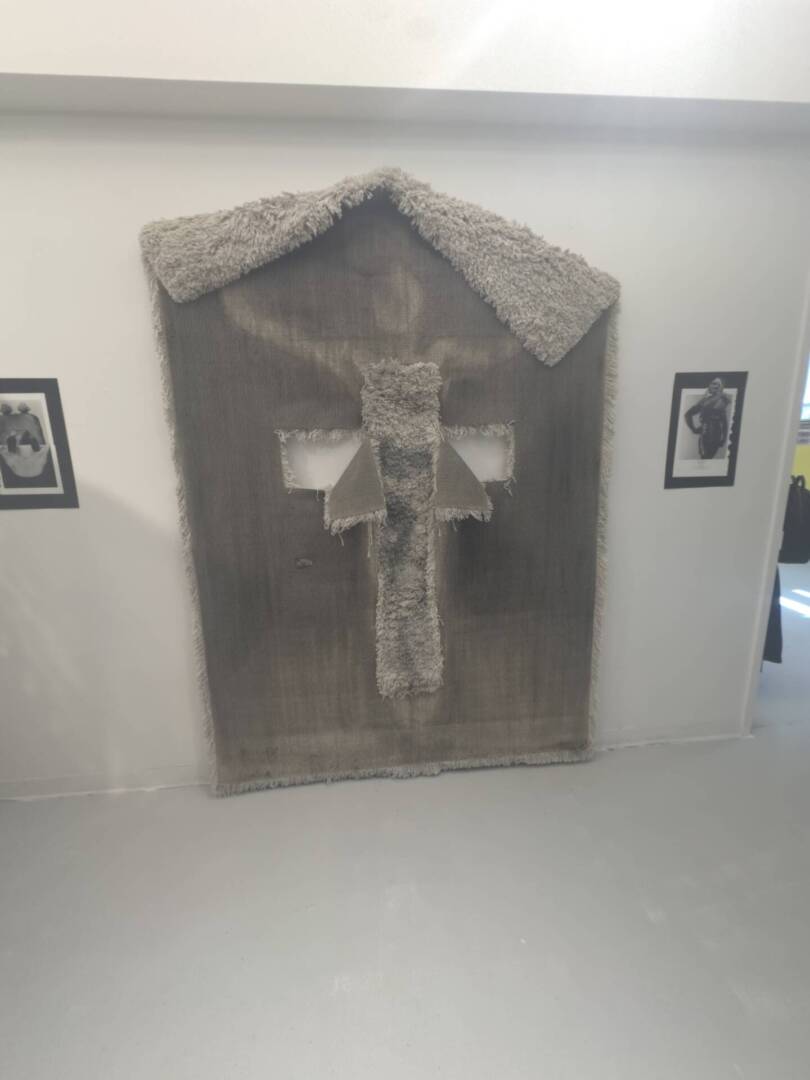
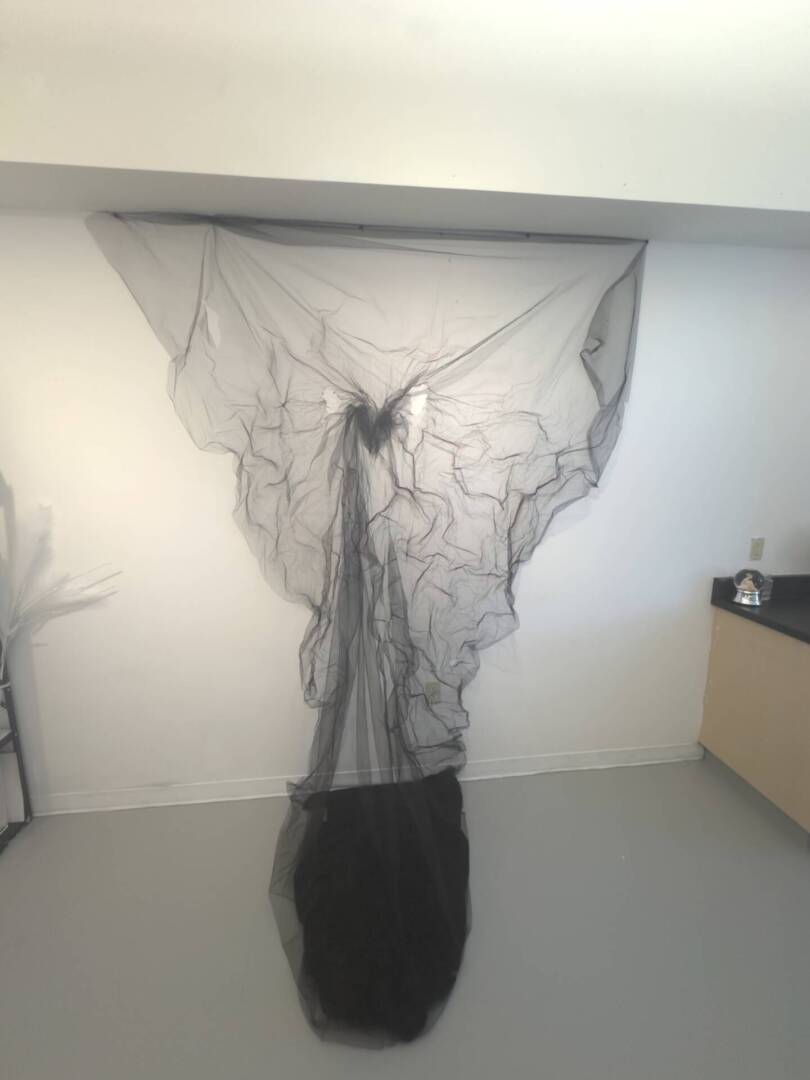
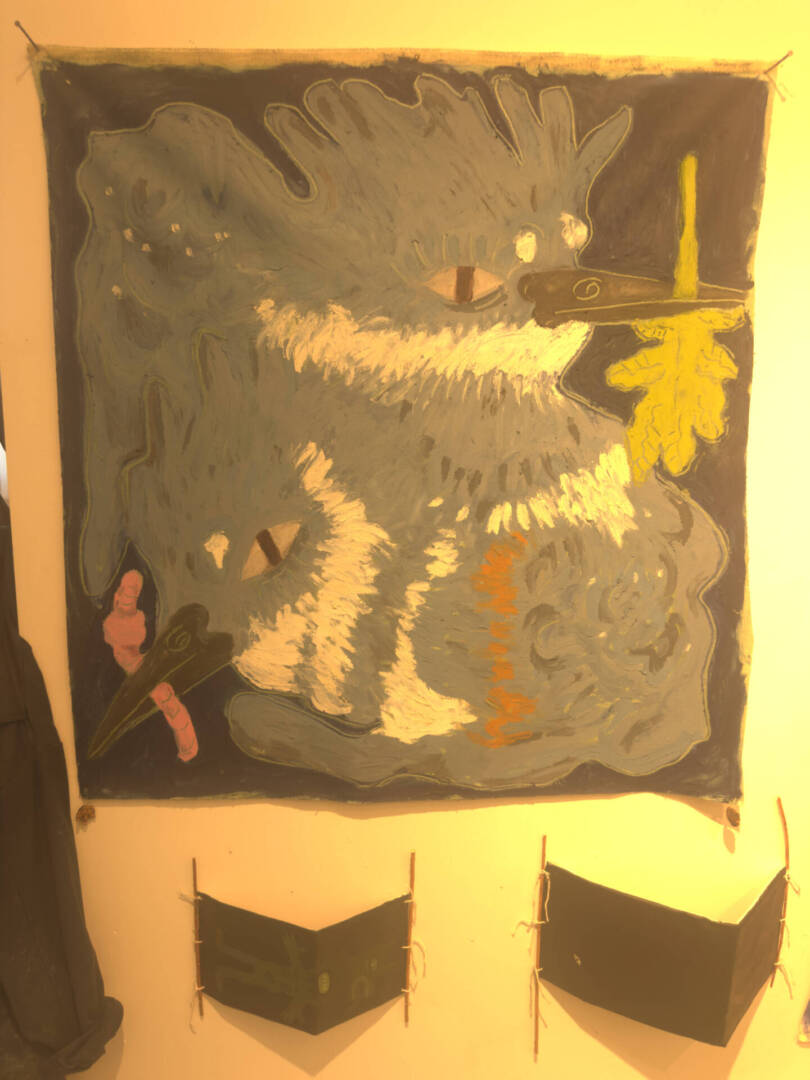
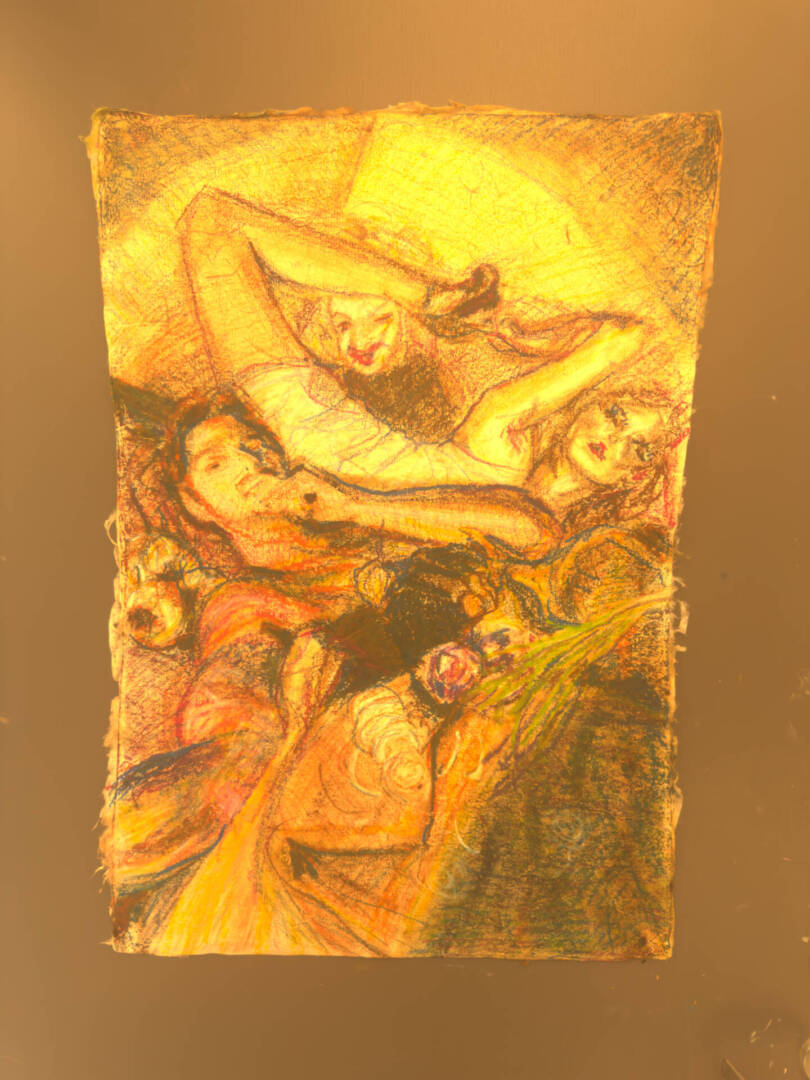
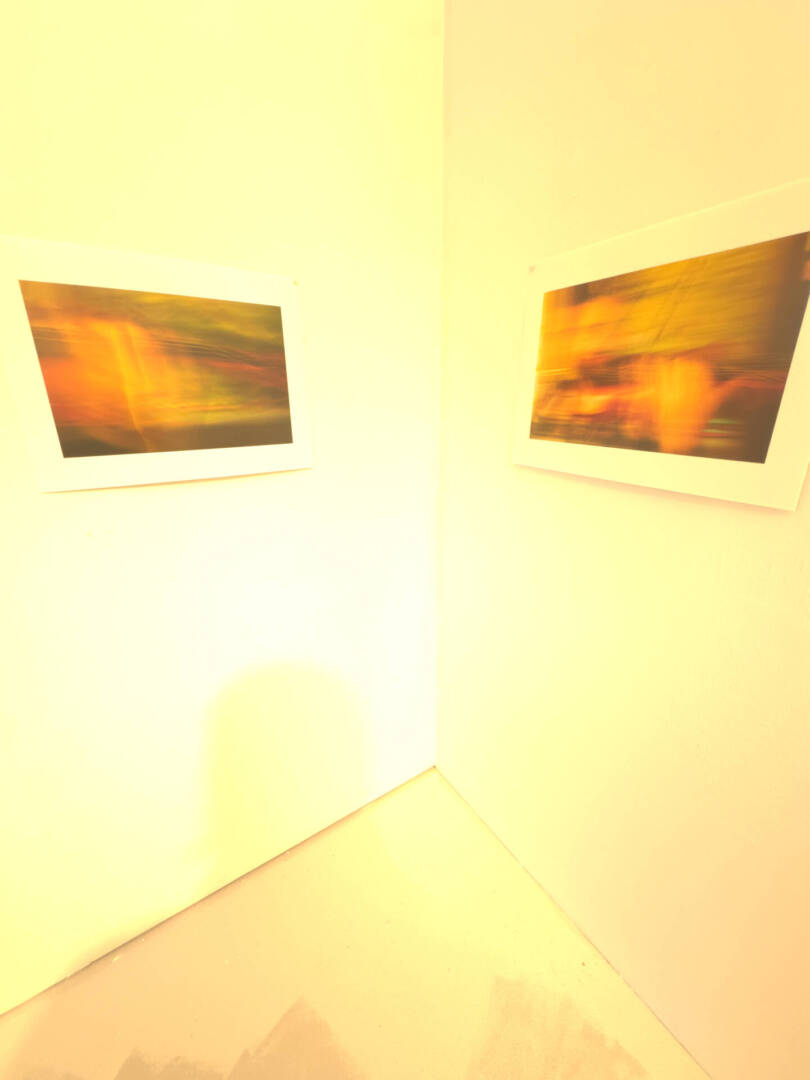
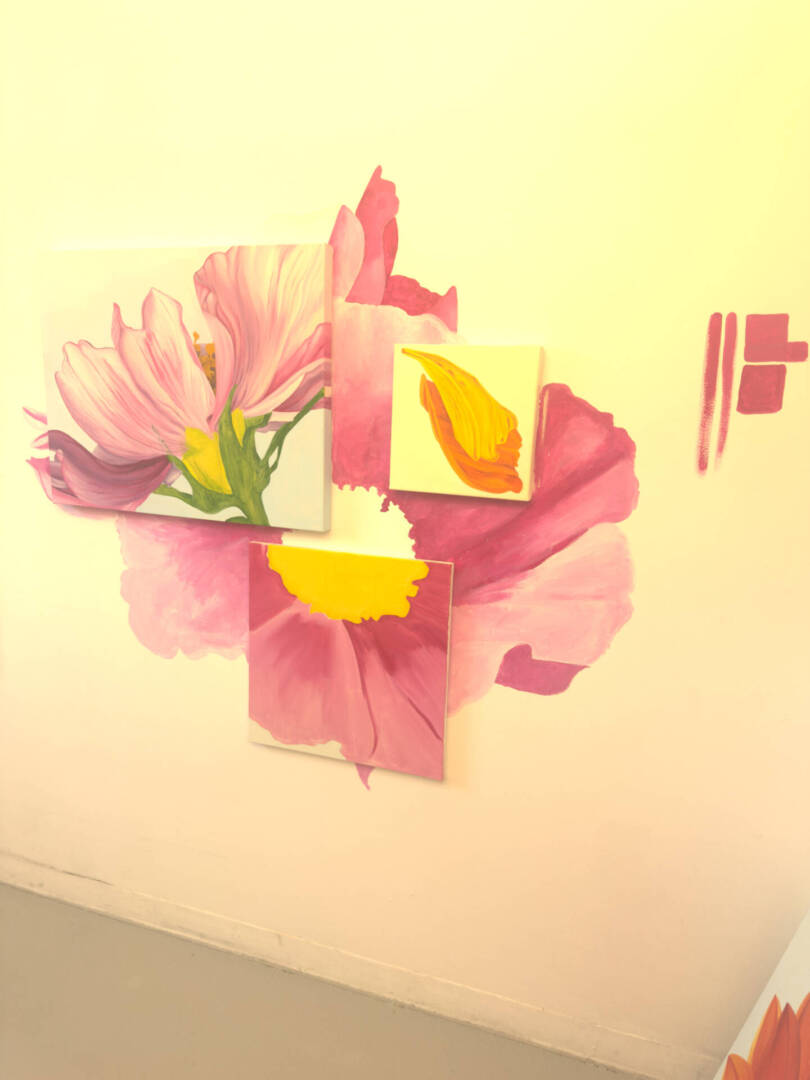
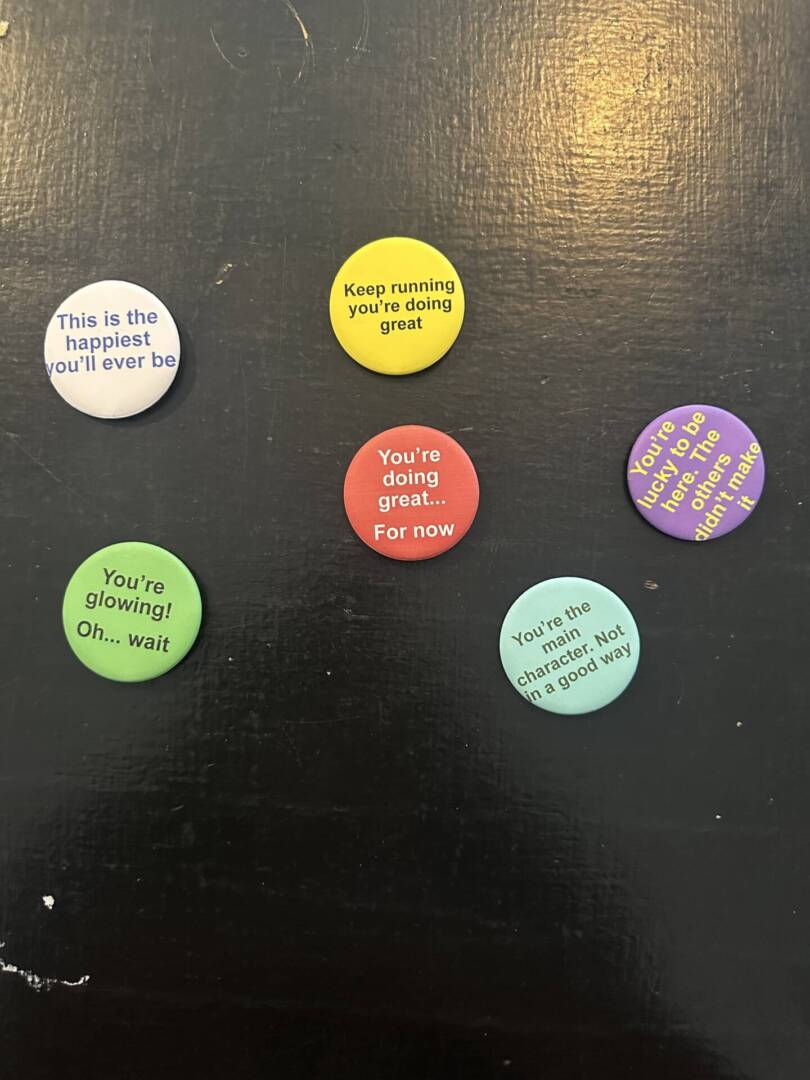
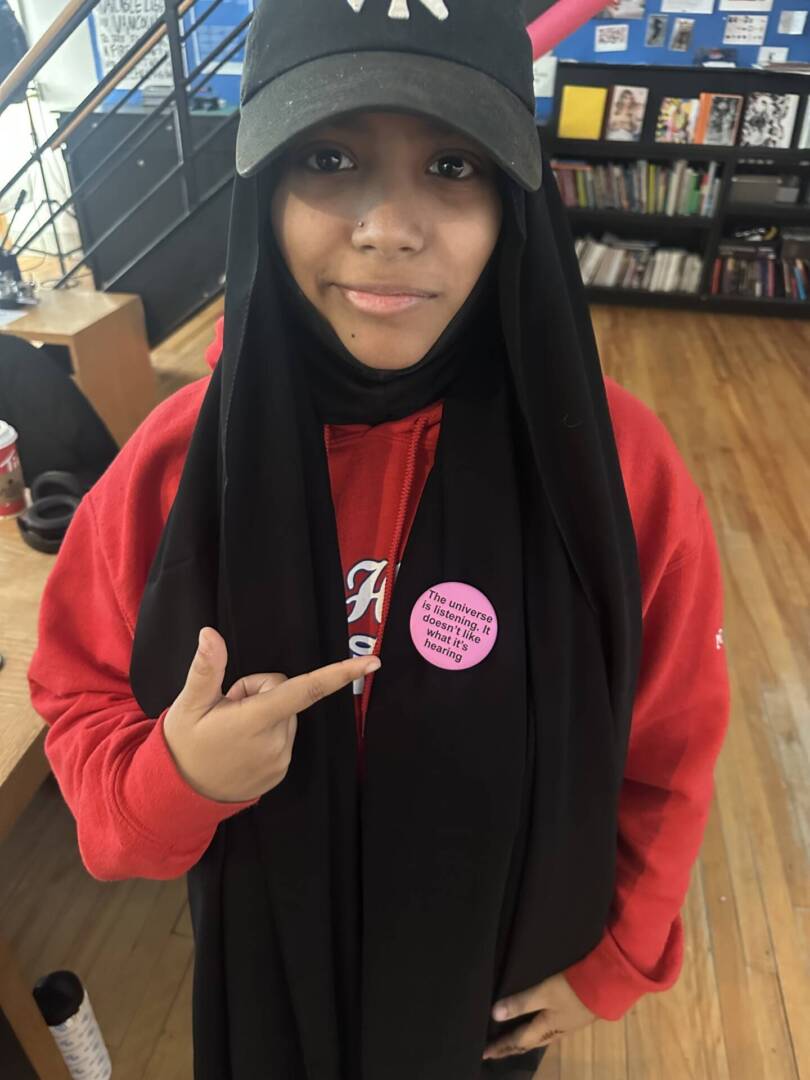
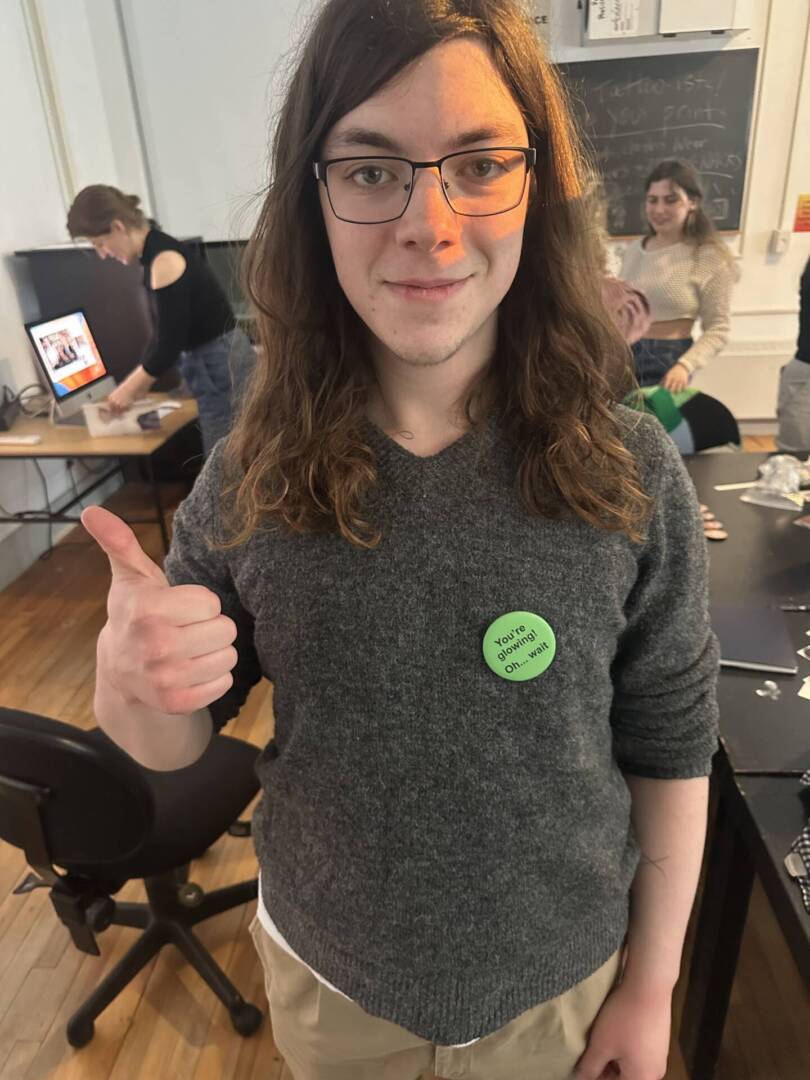
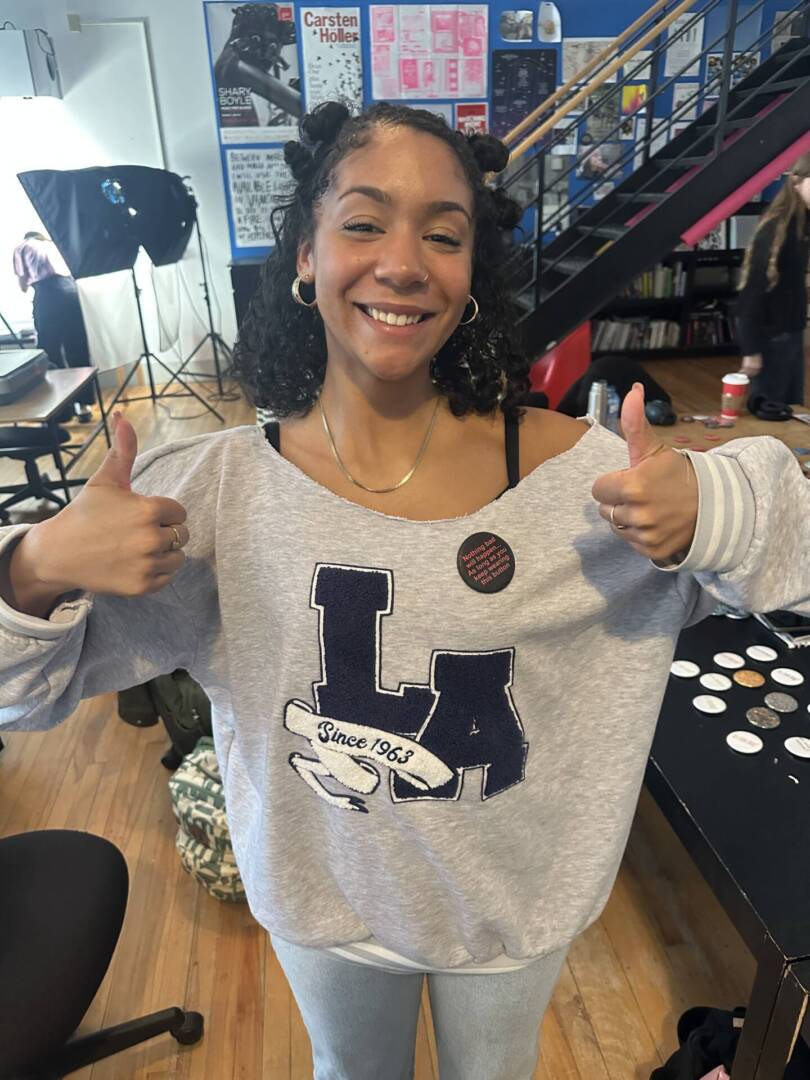
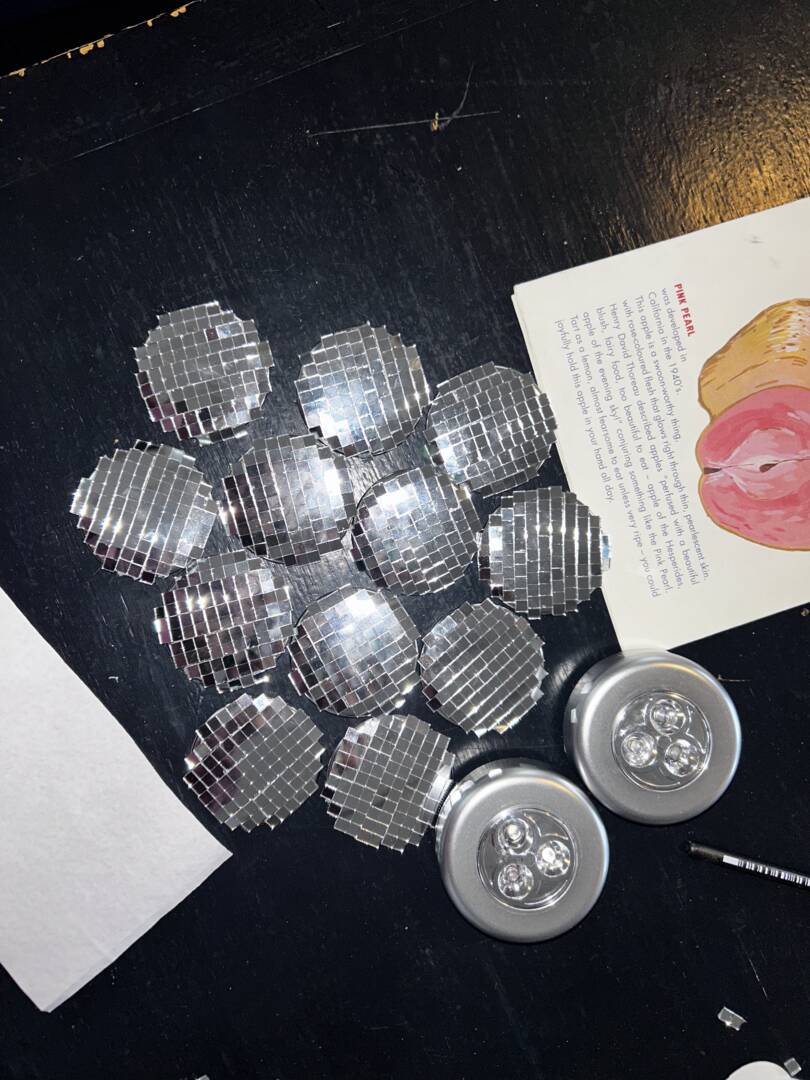
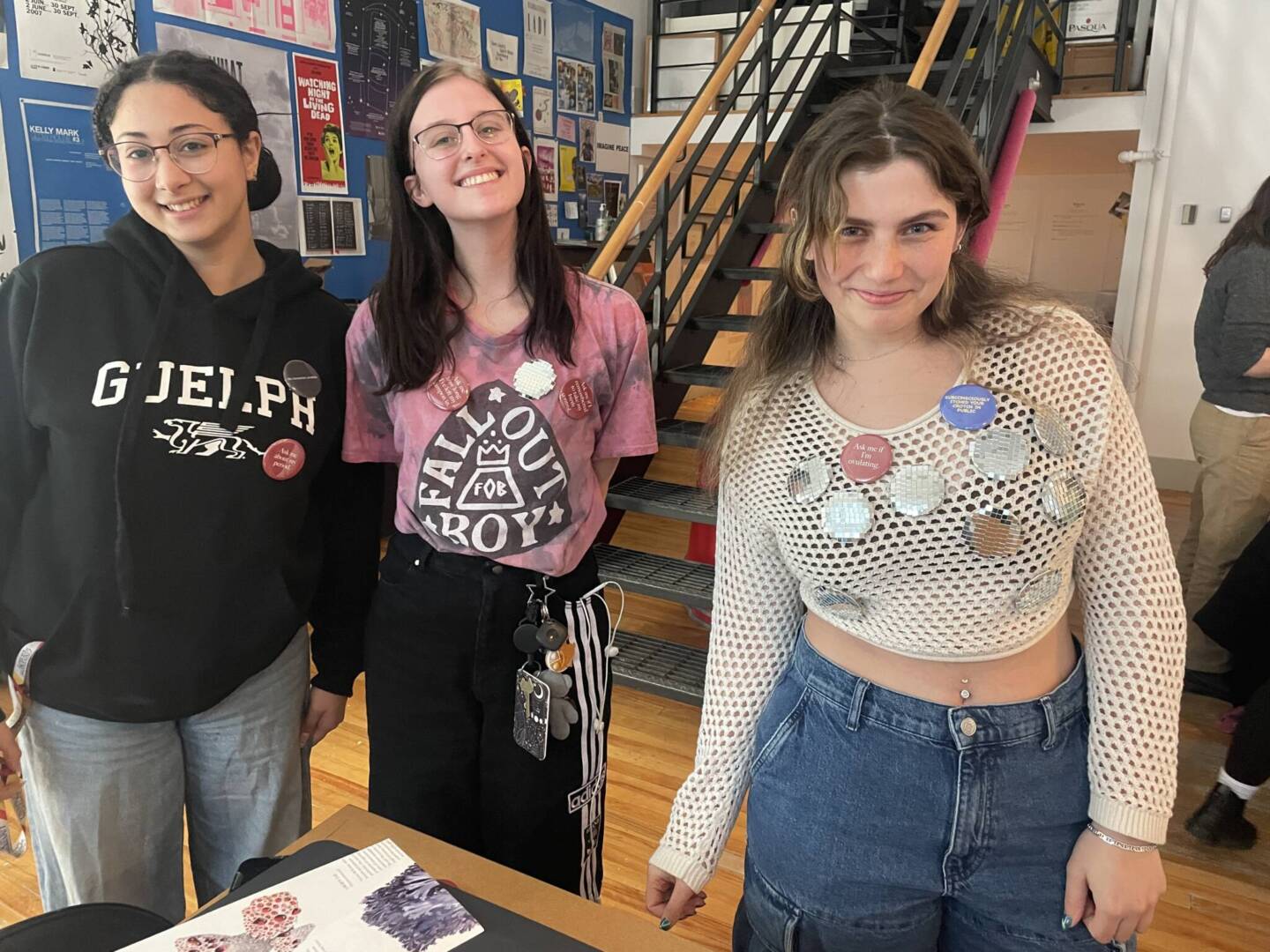
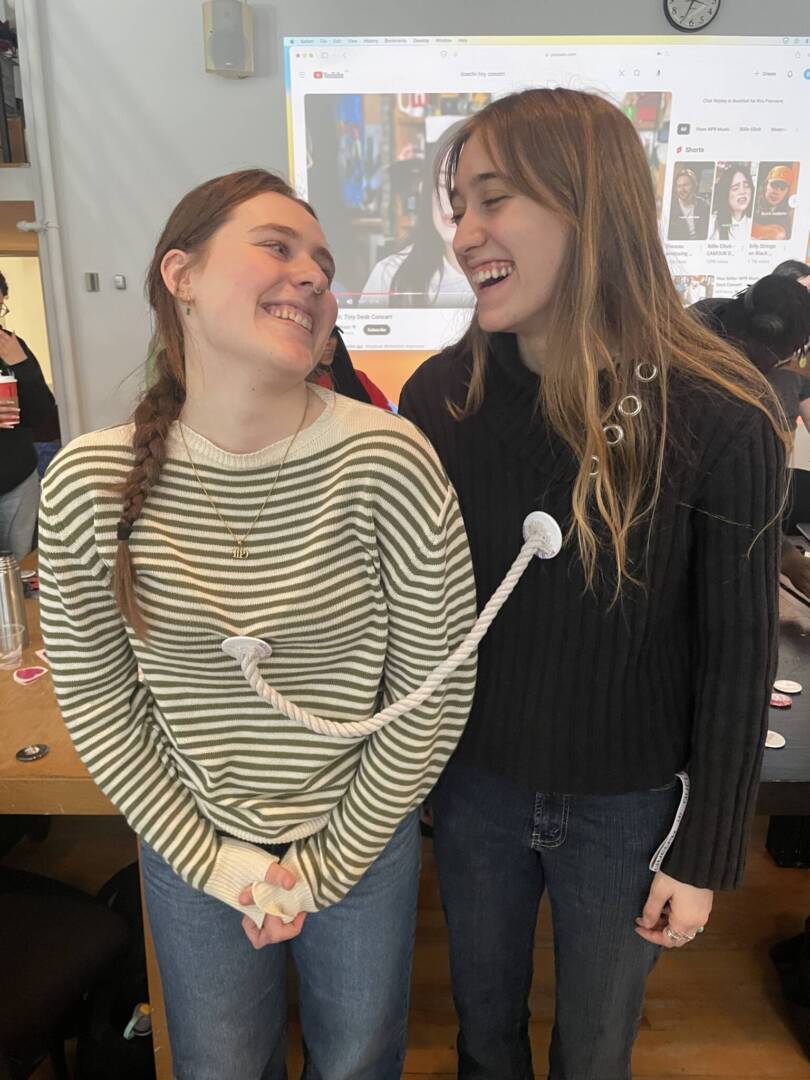
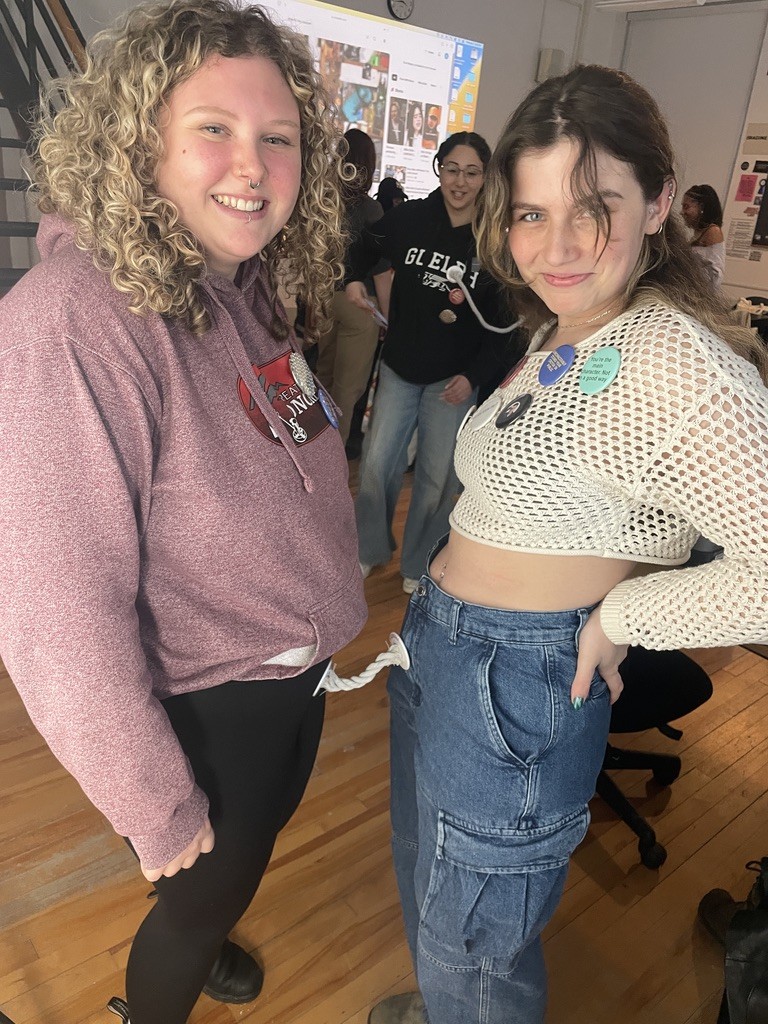
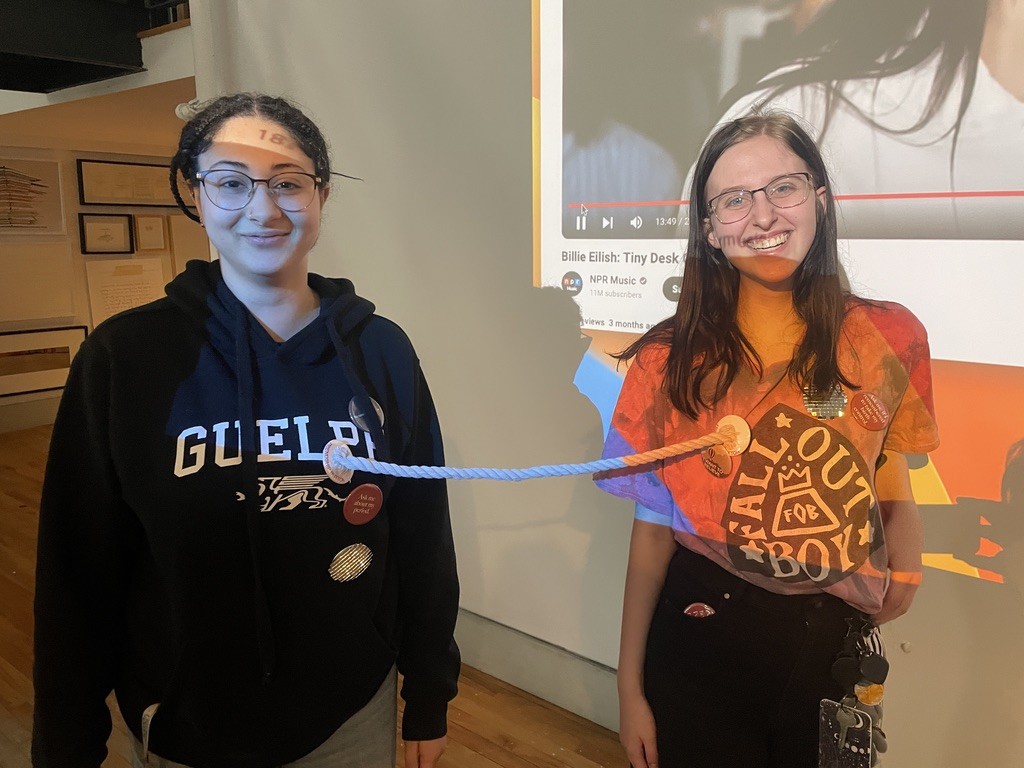
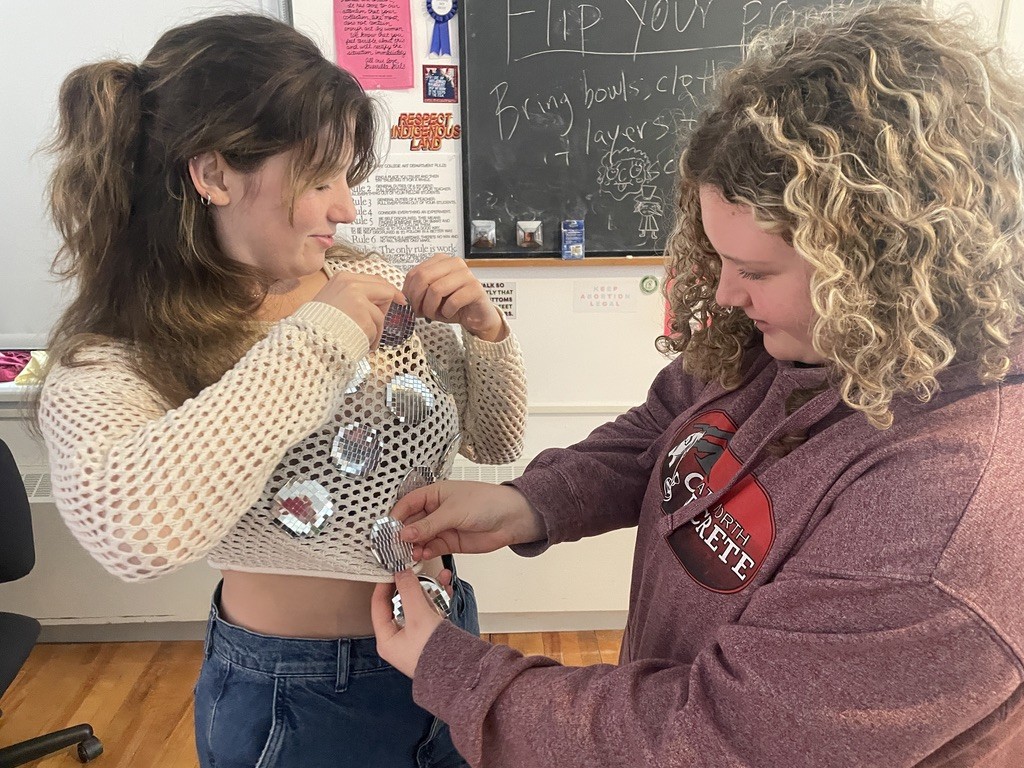
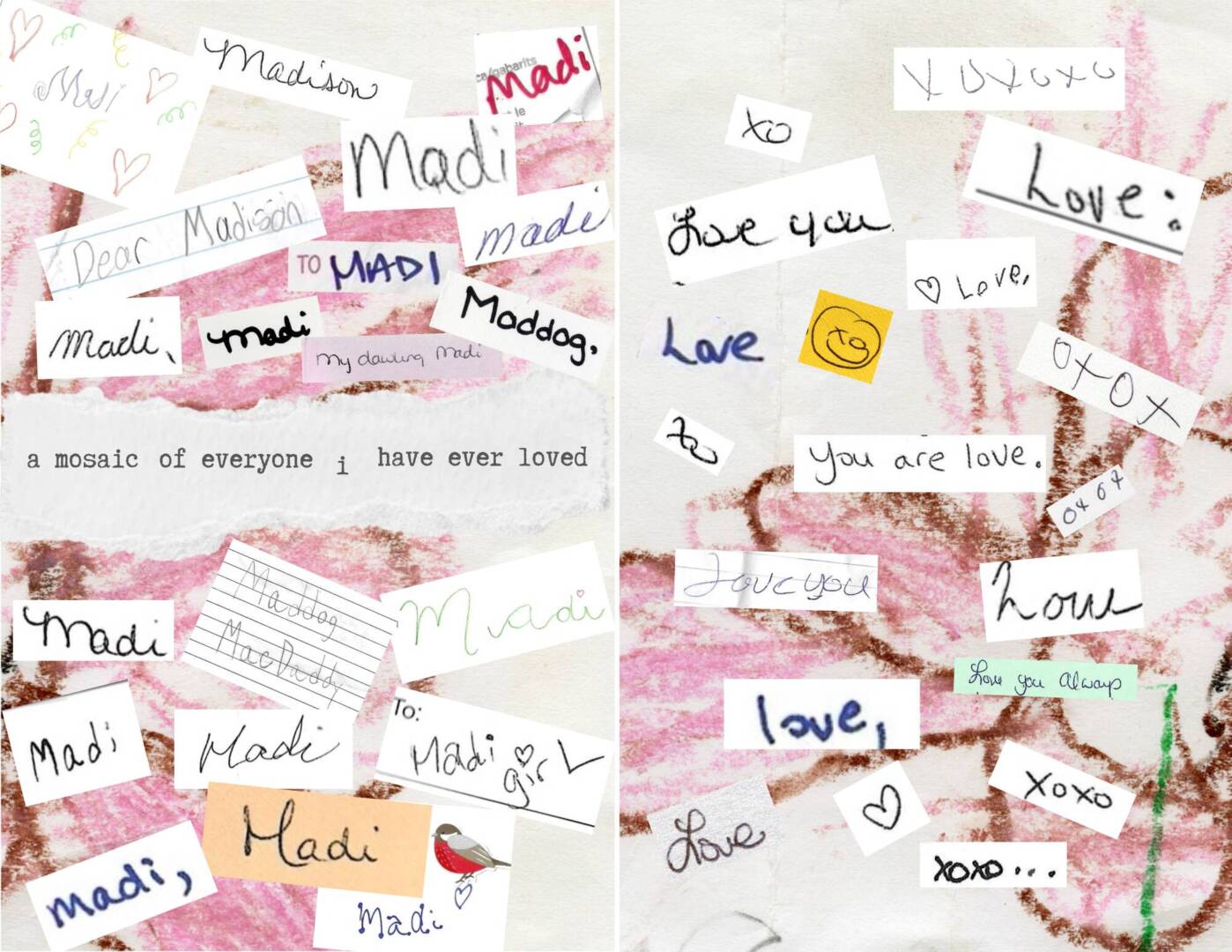
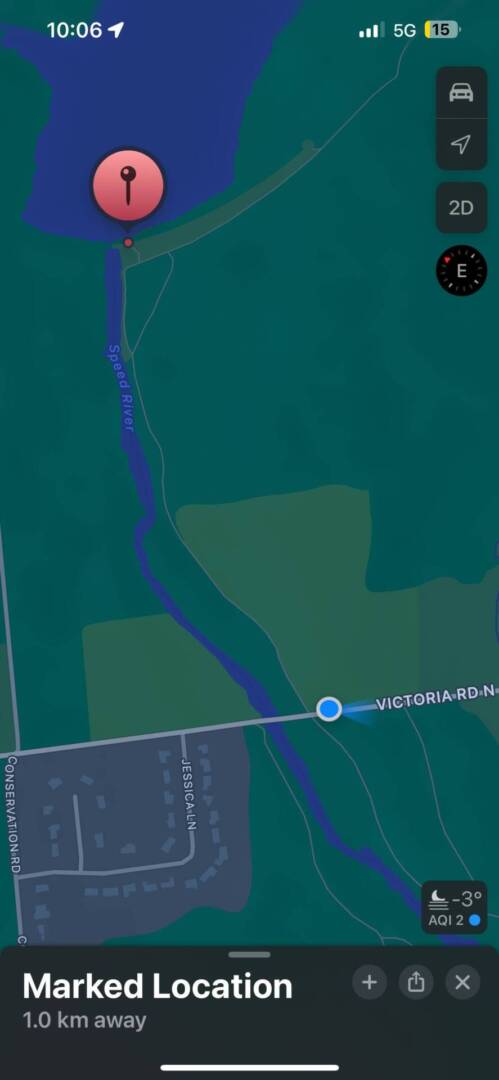
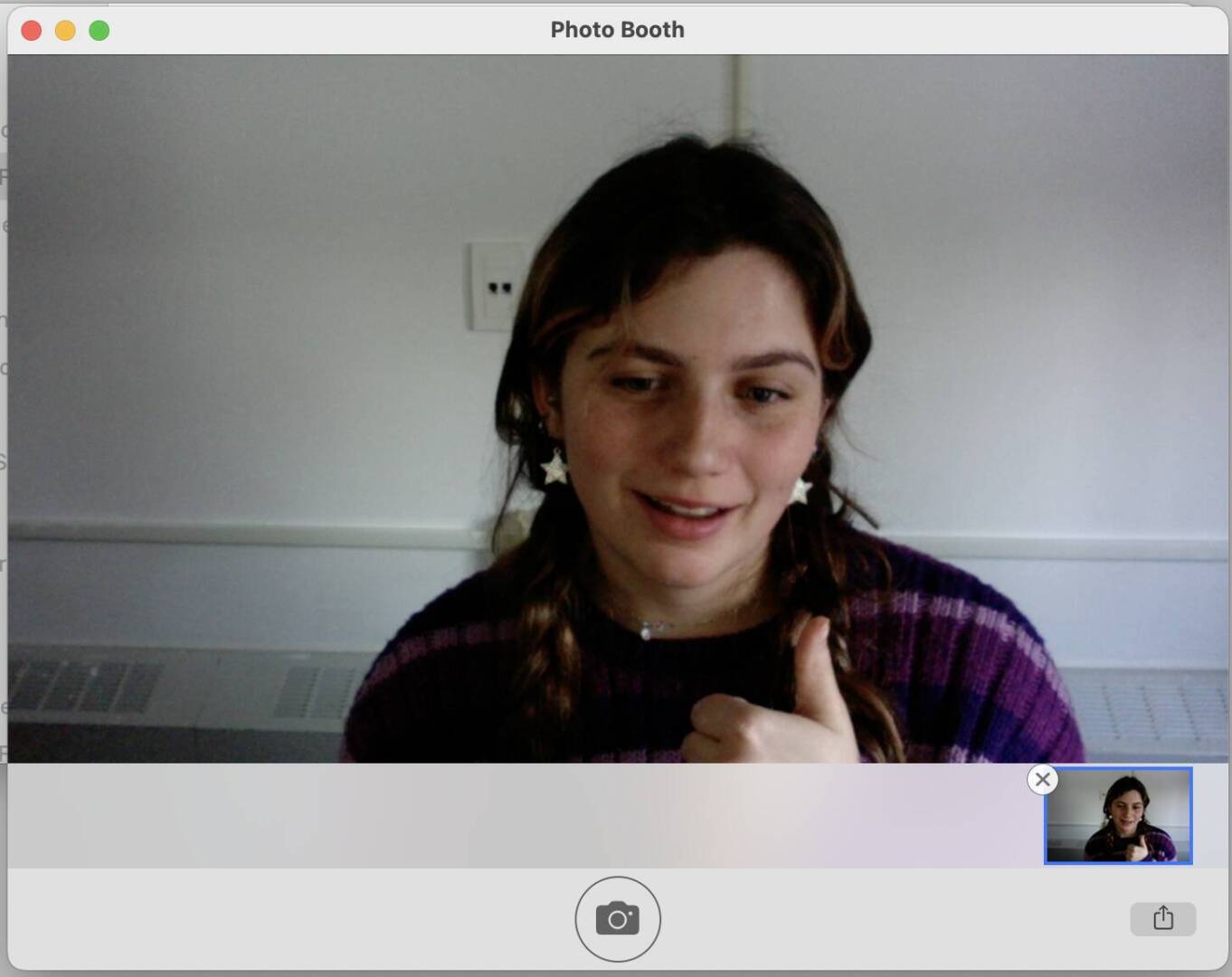






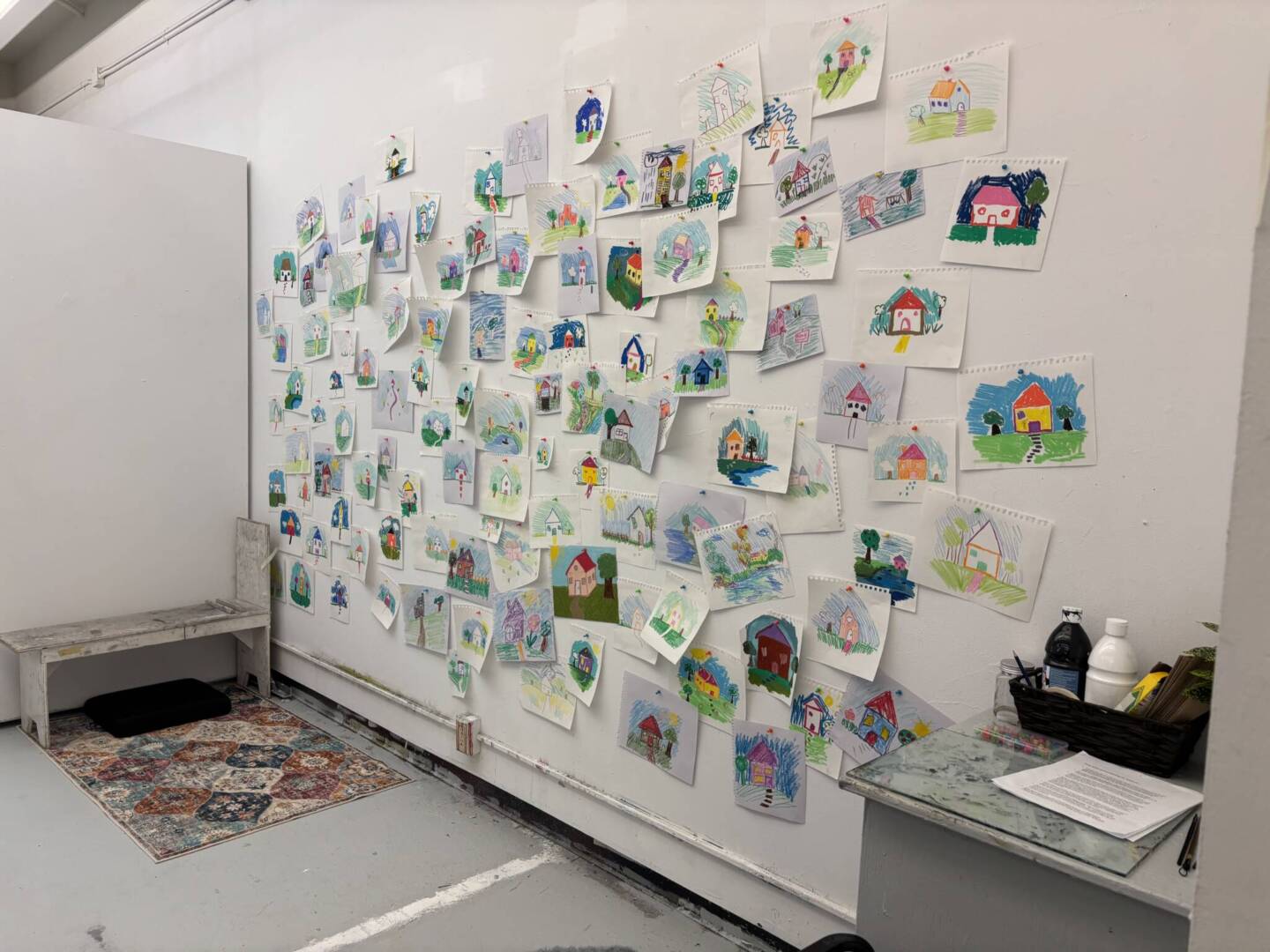
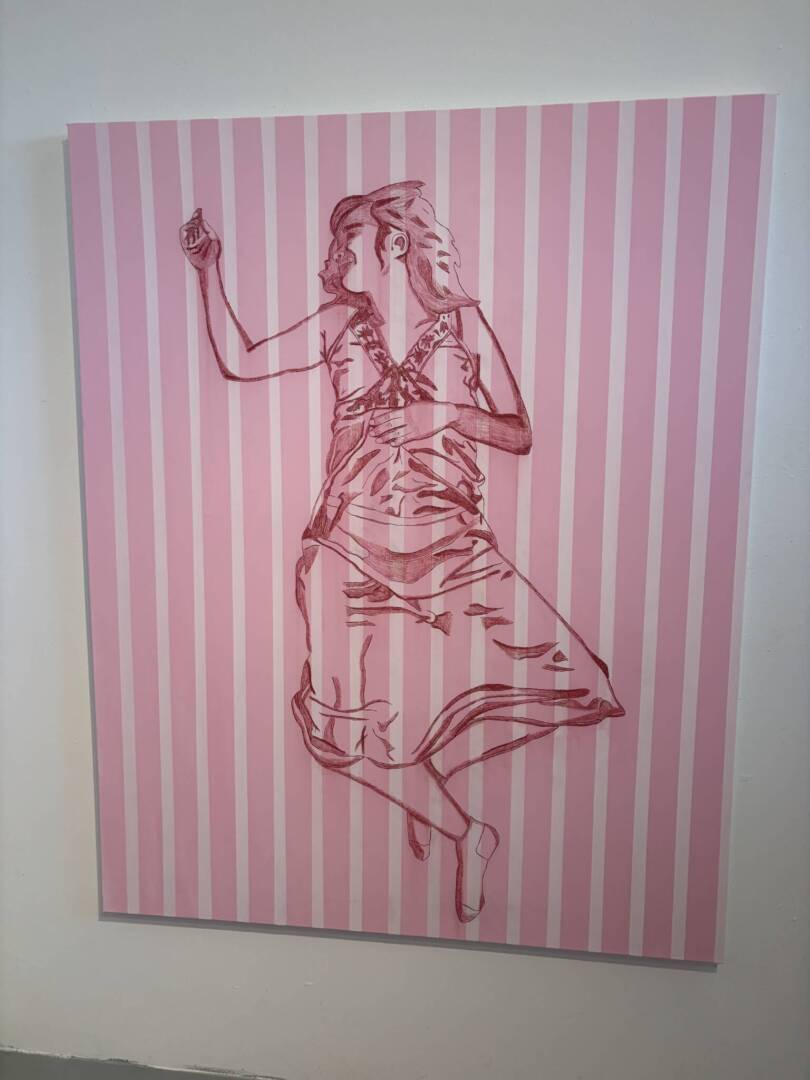
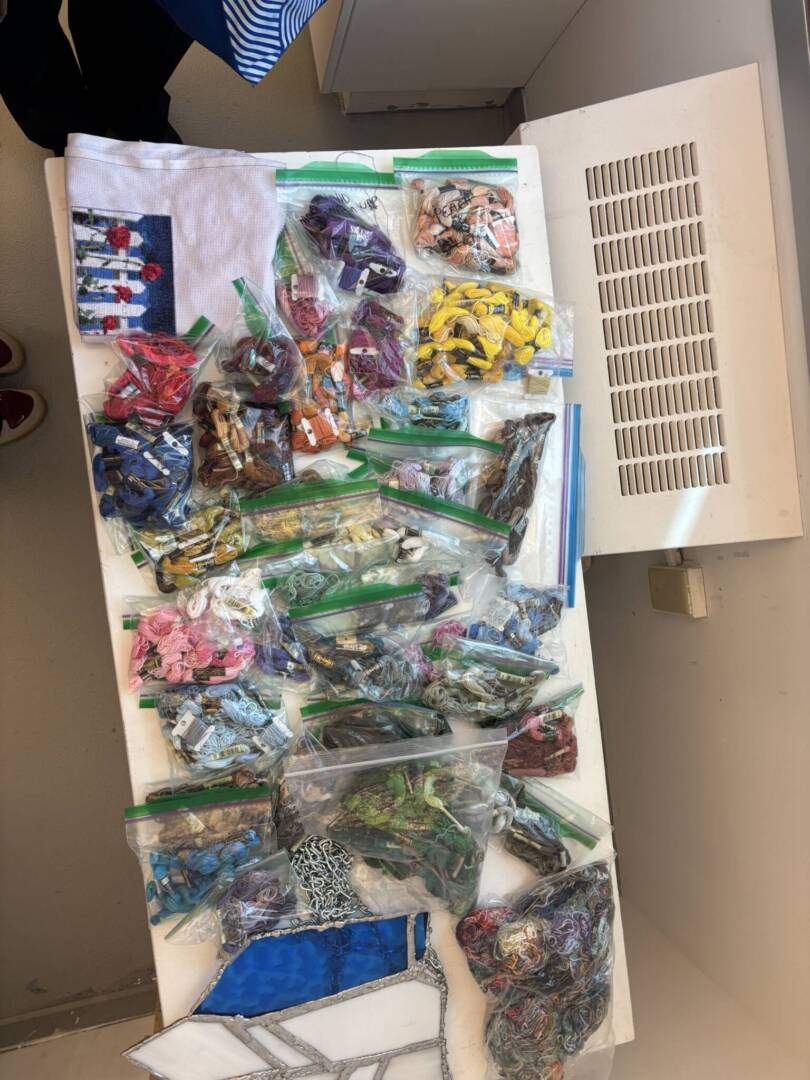
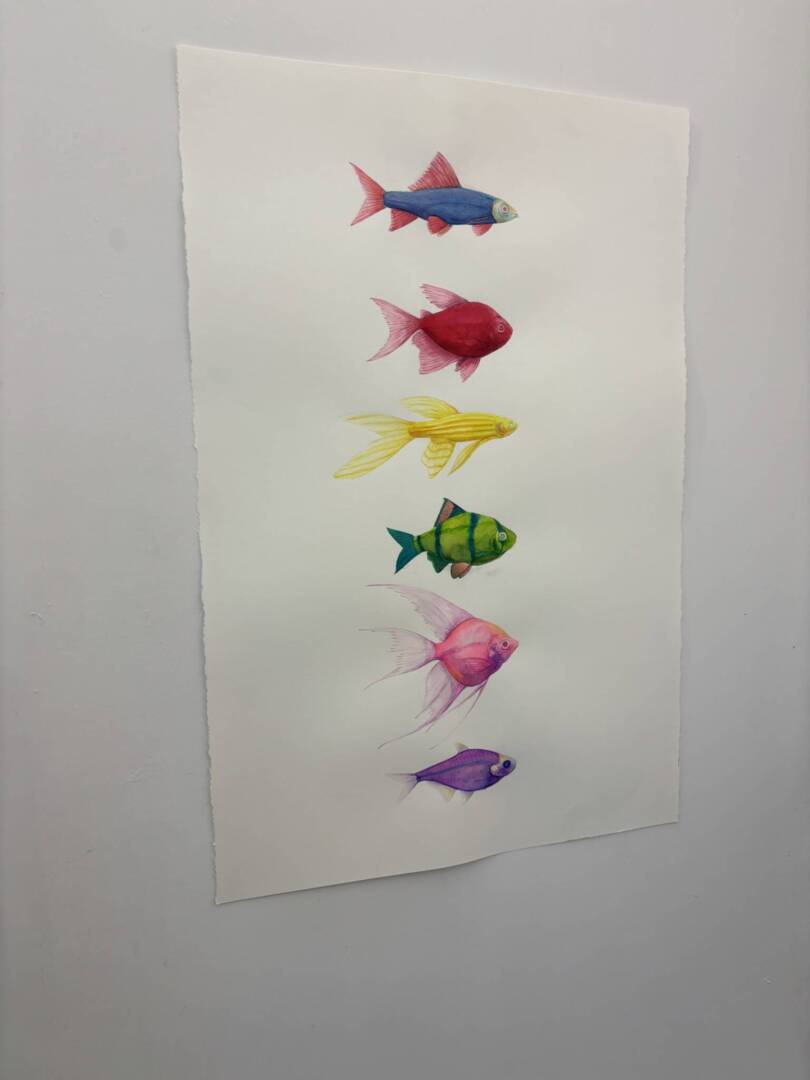
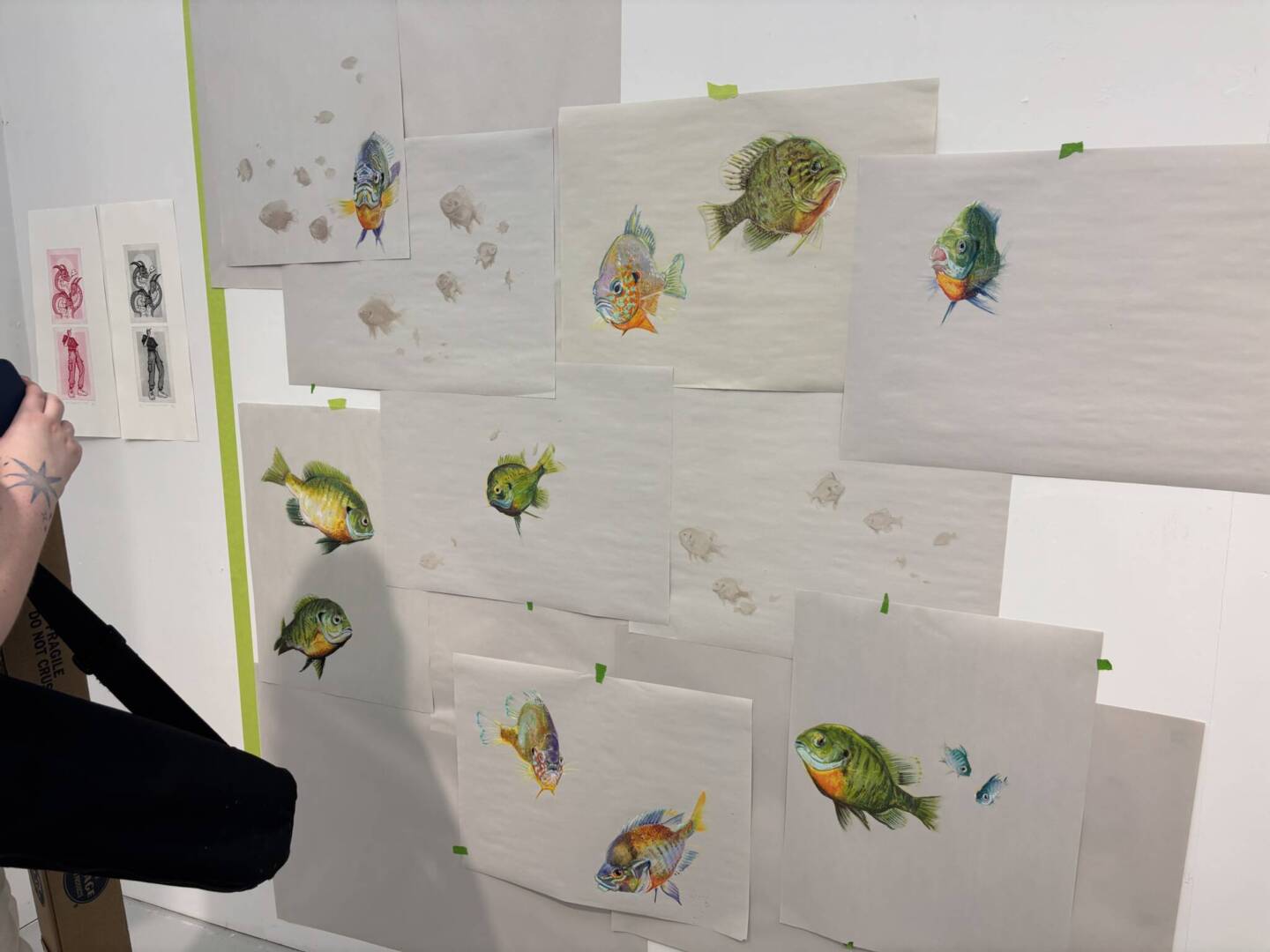
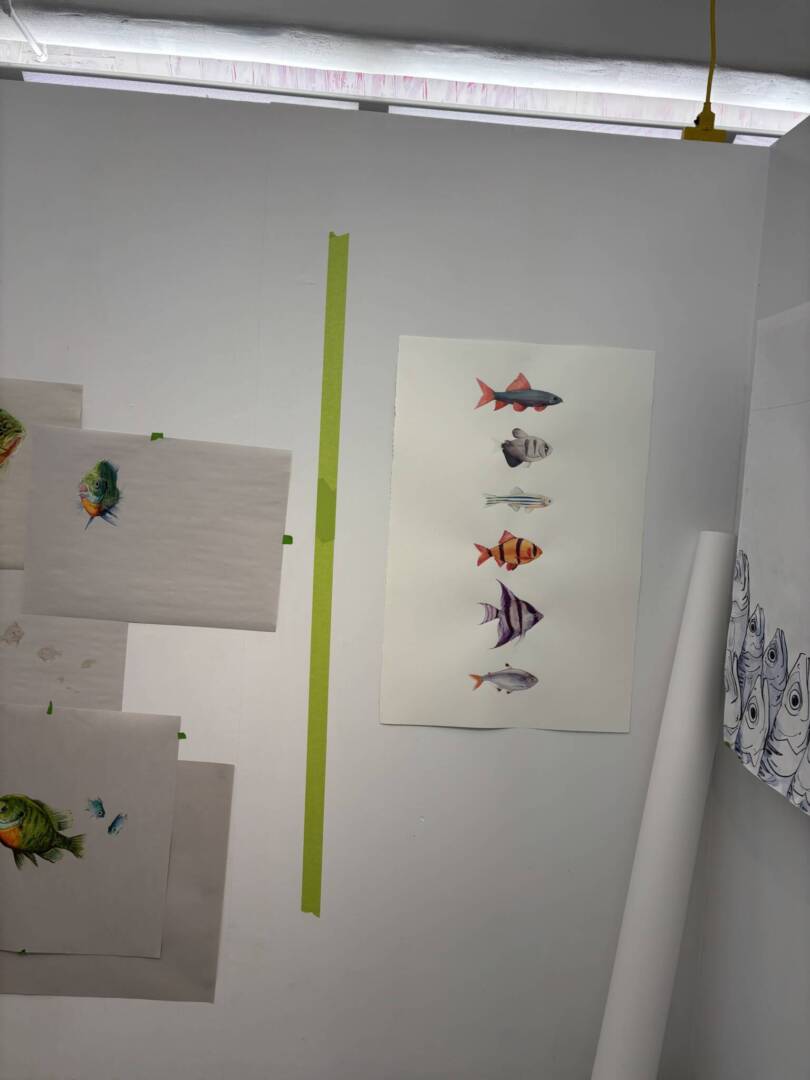
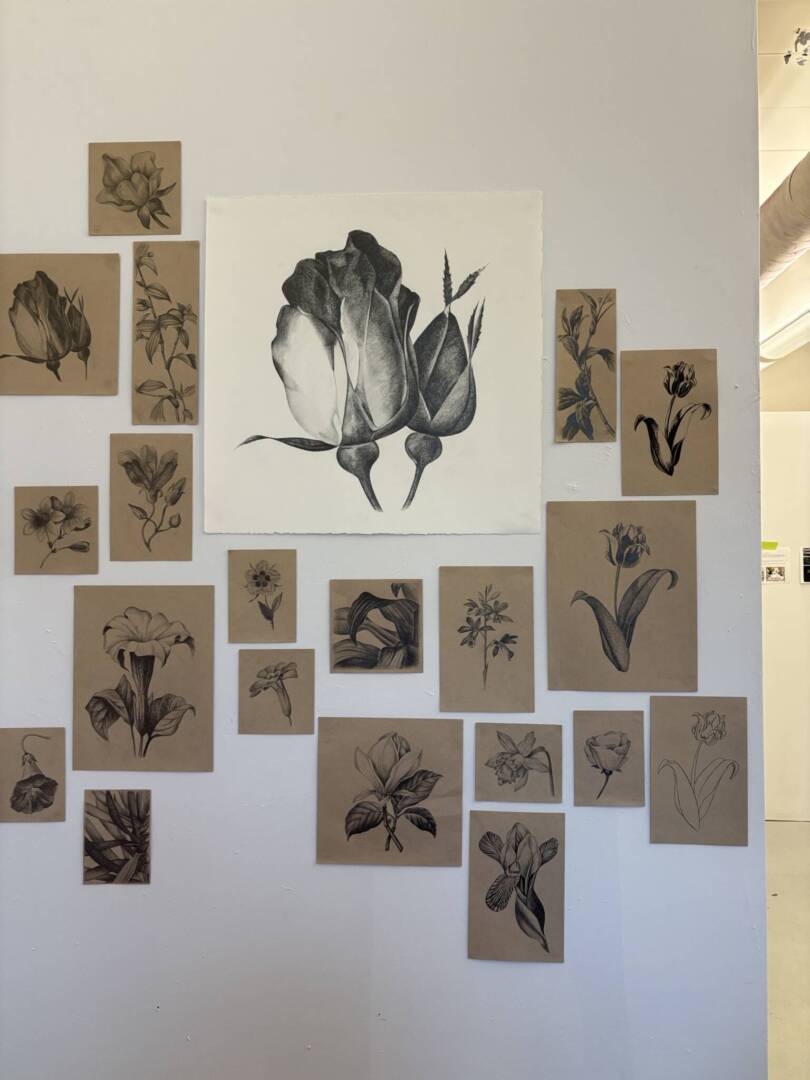
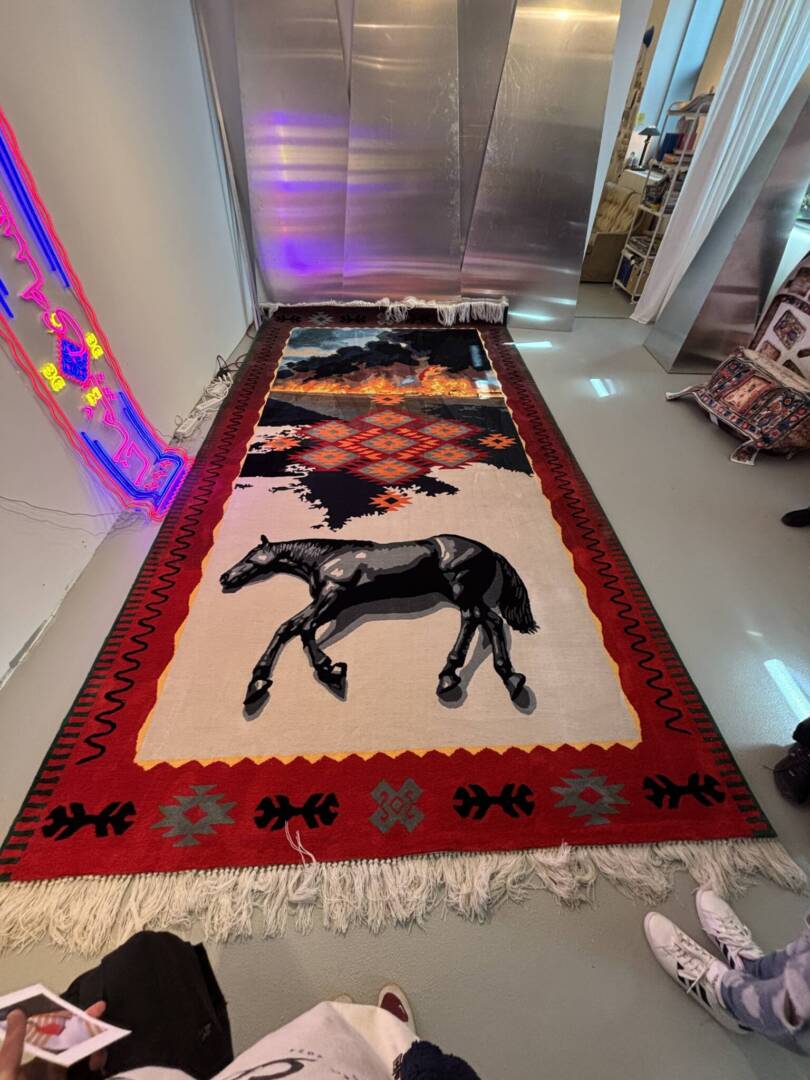
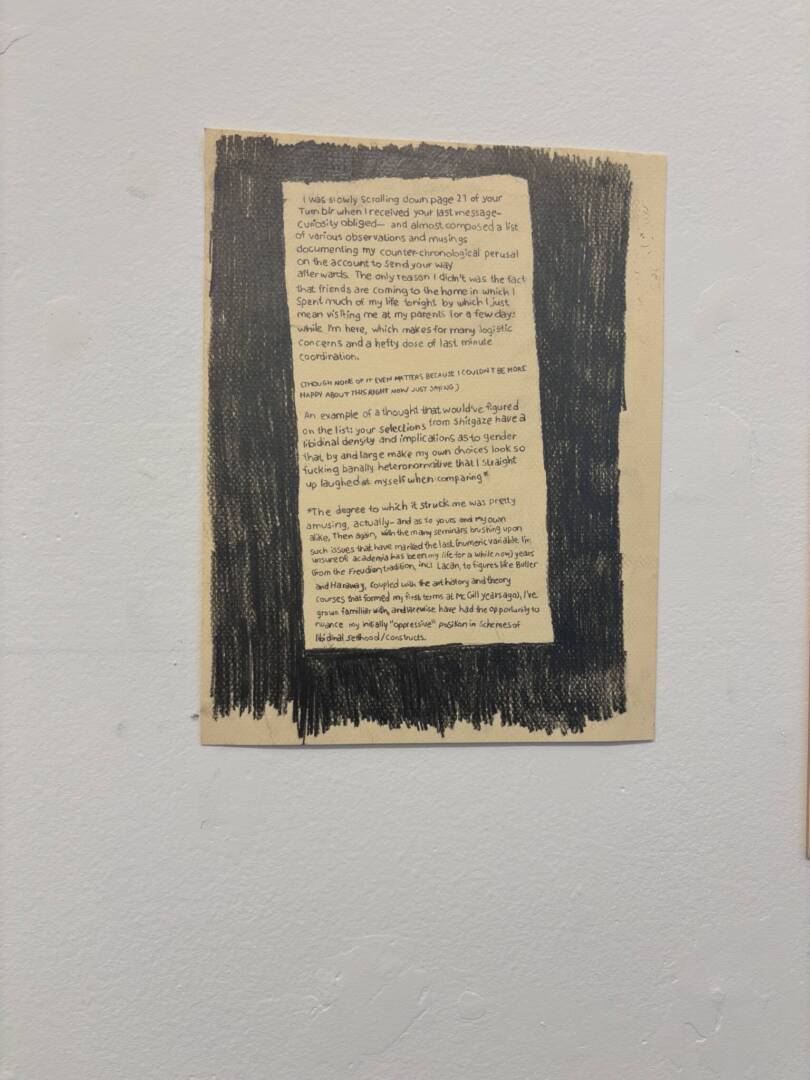
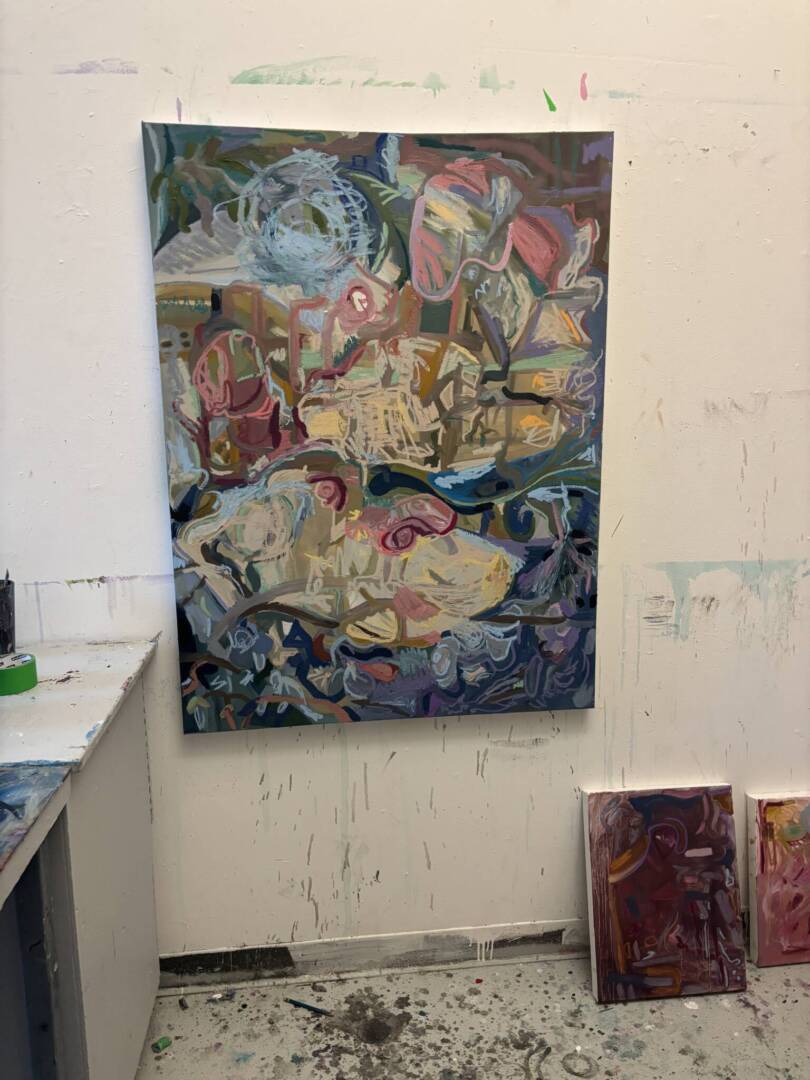
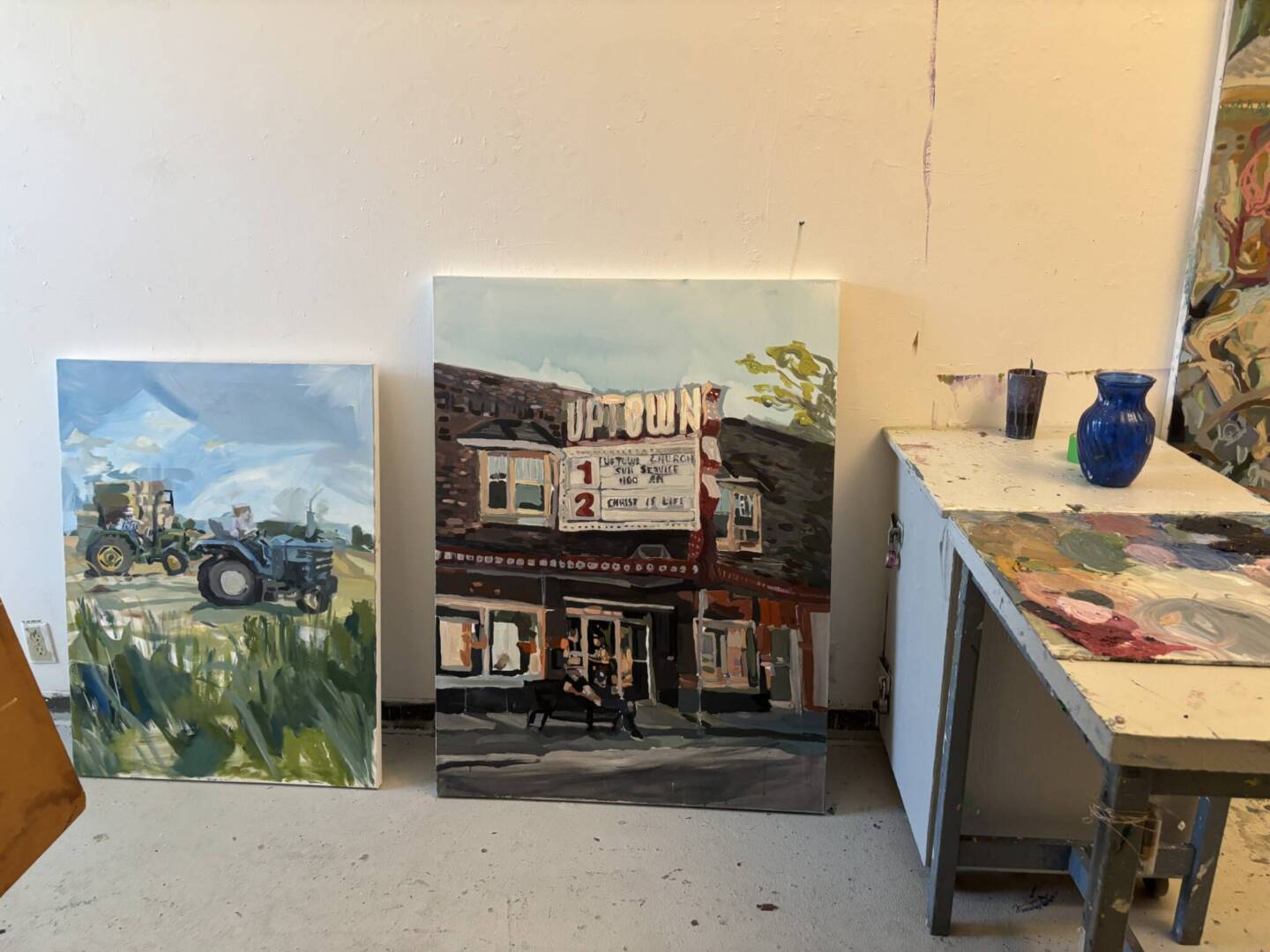
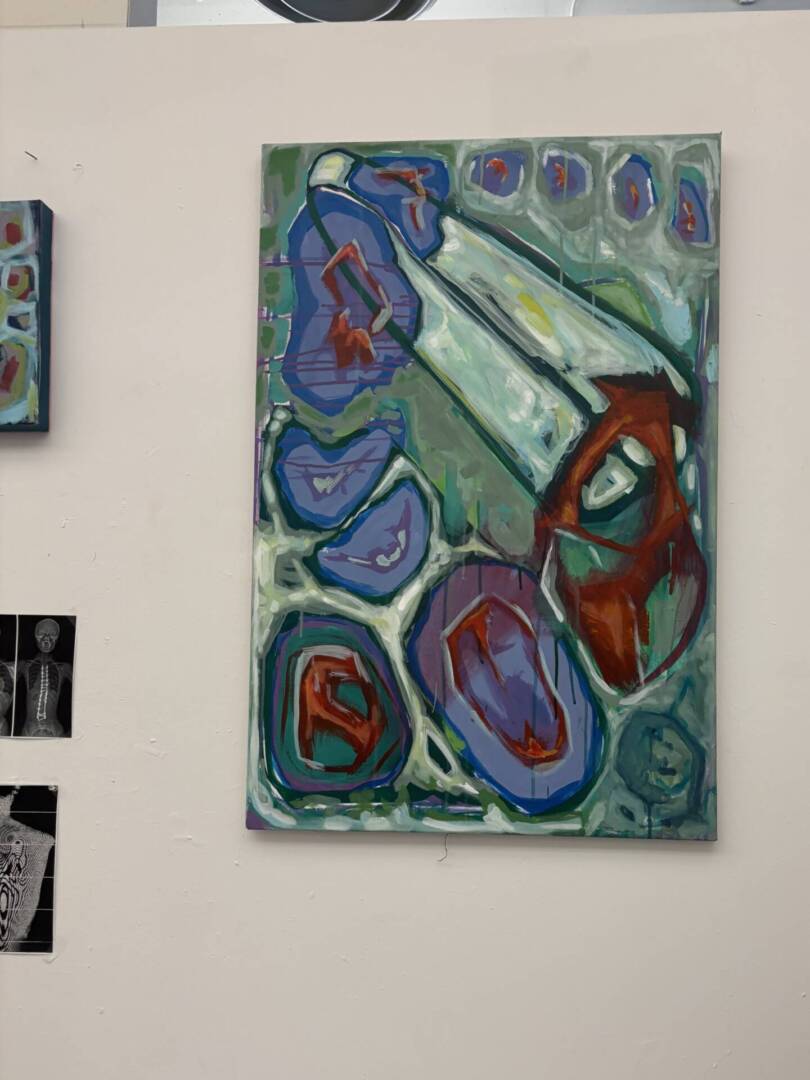


You must be logged in to post a comment.